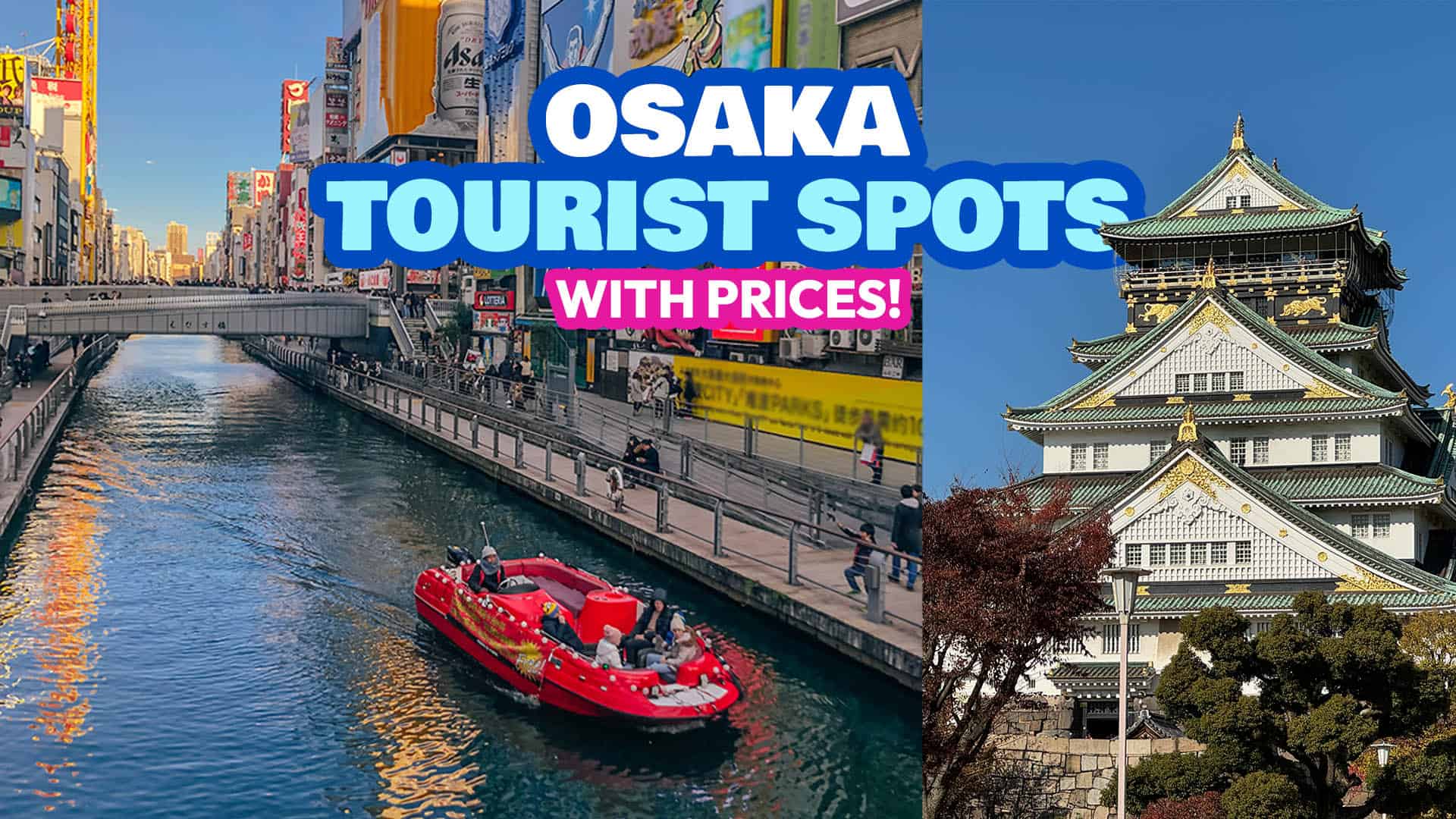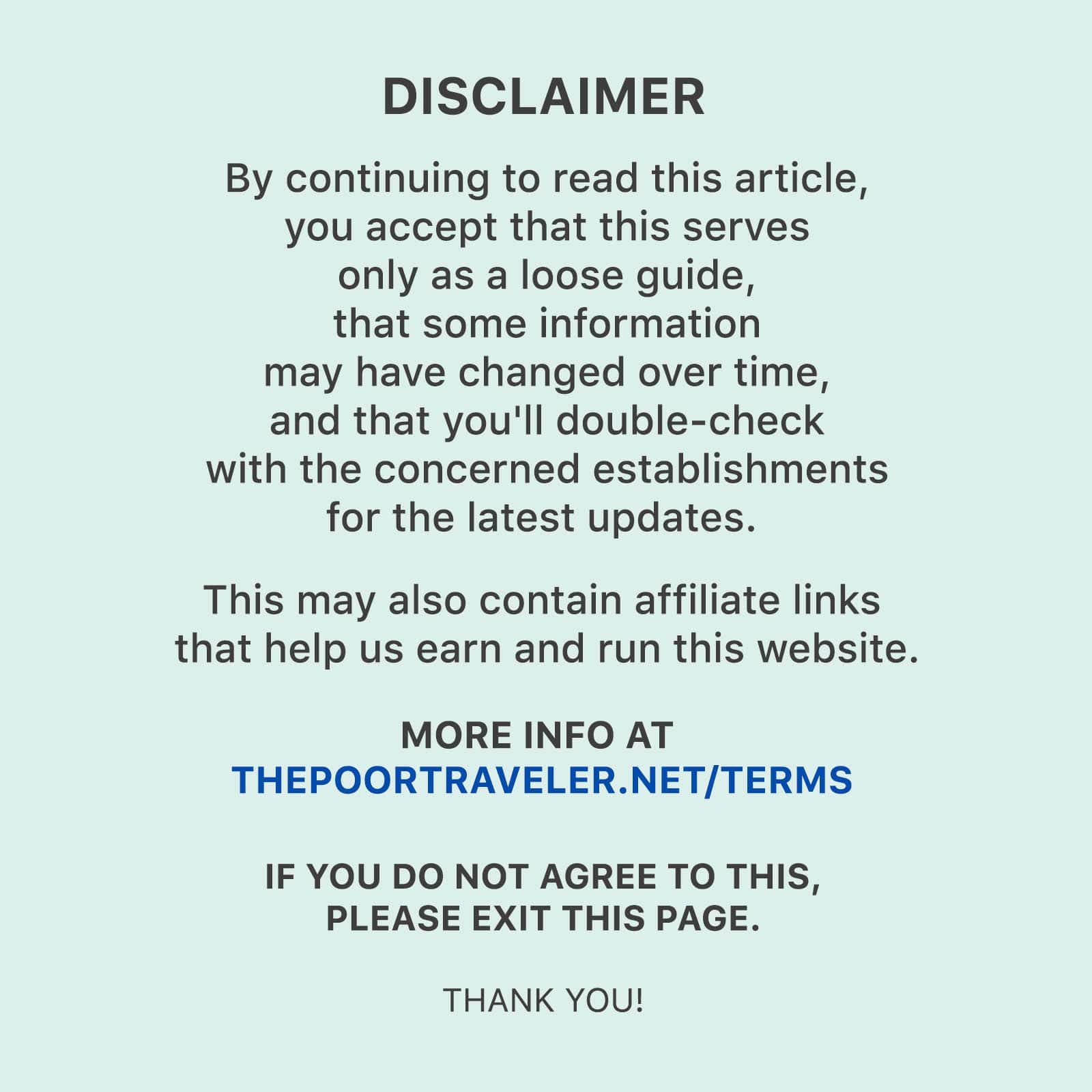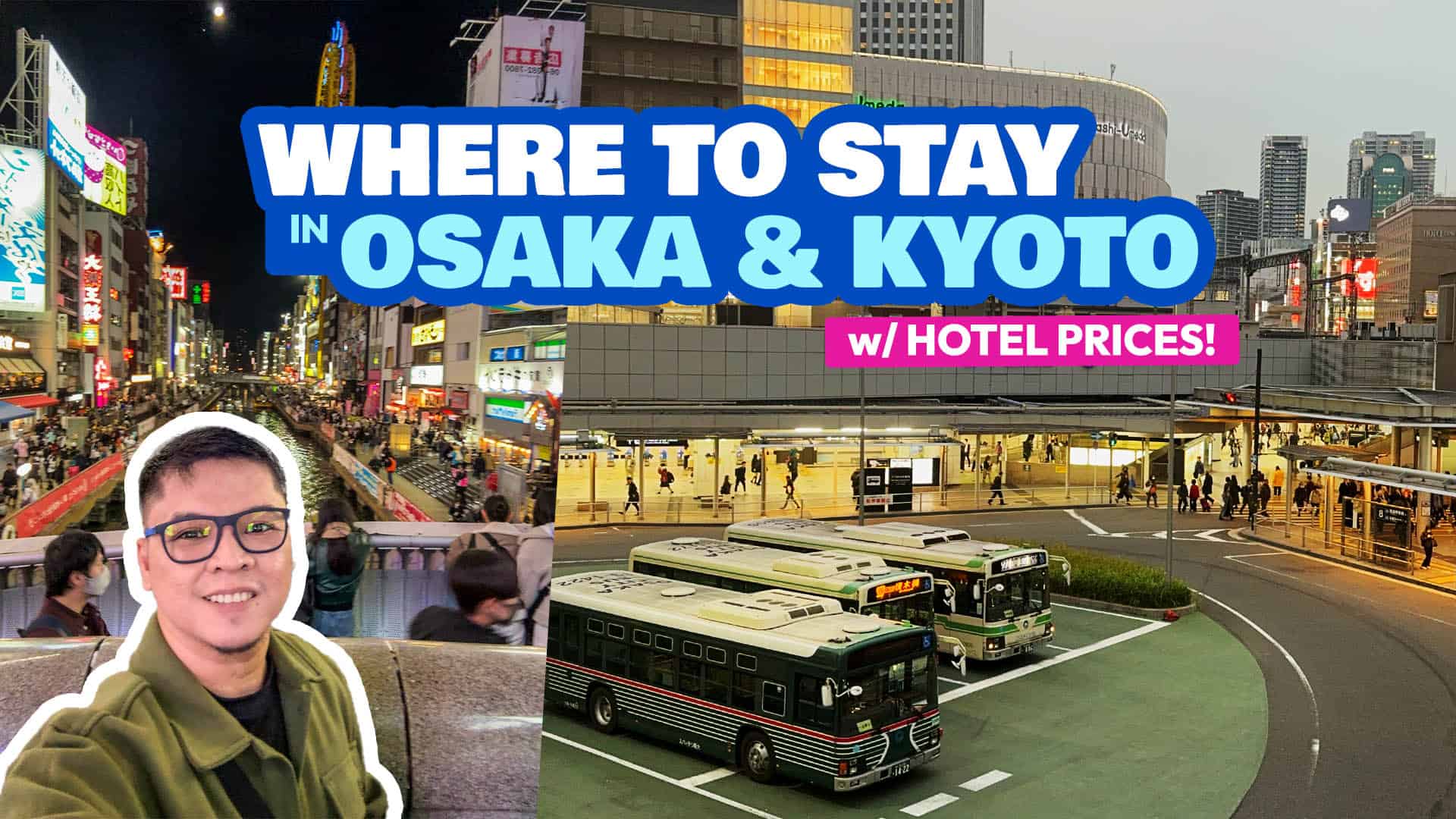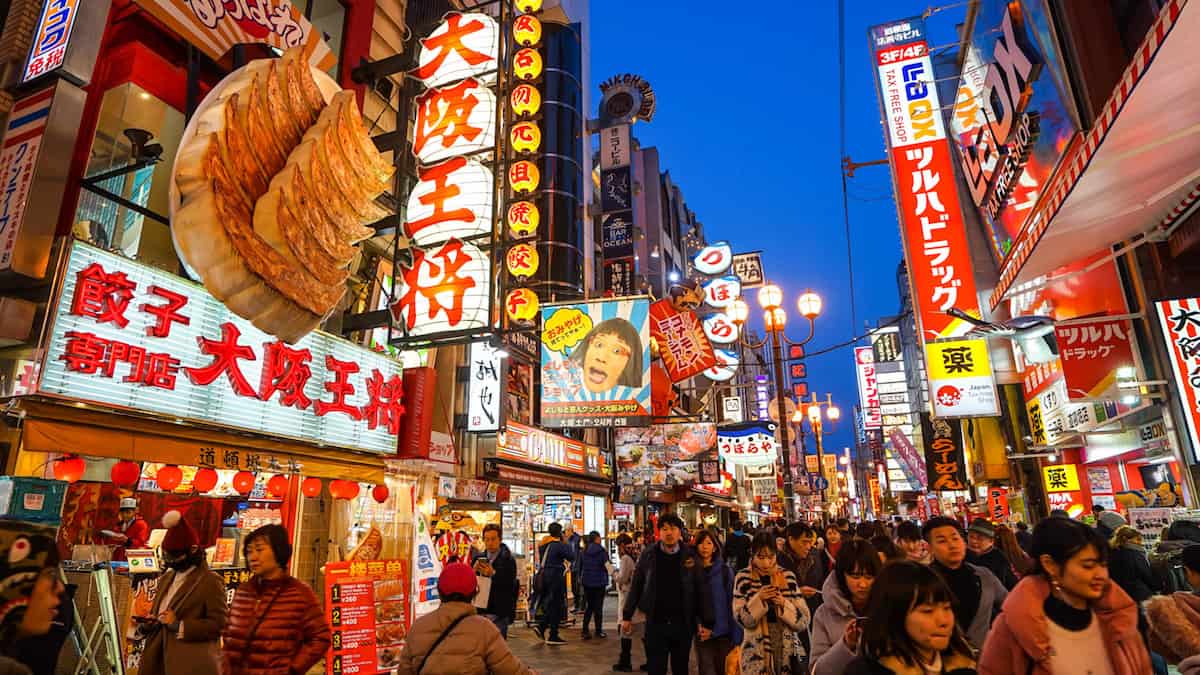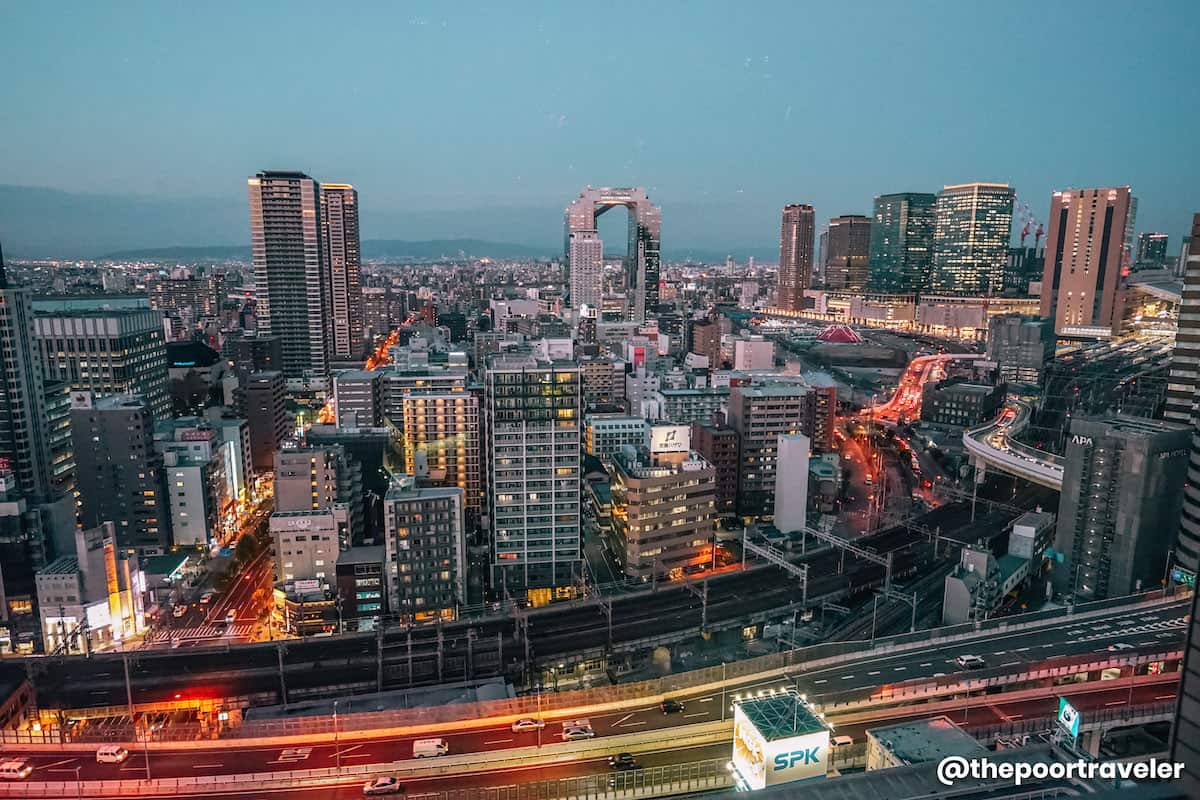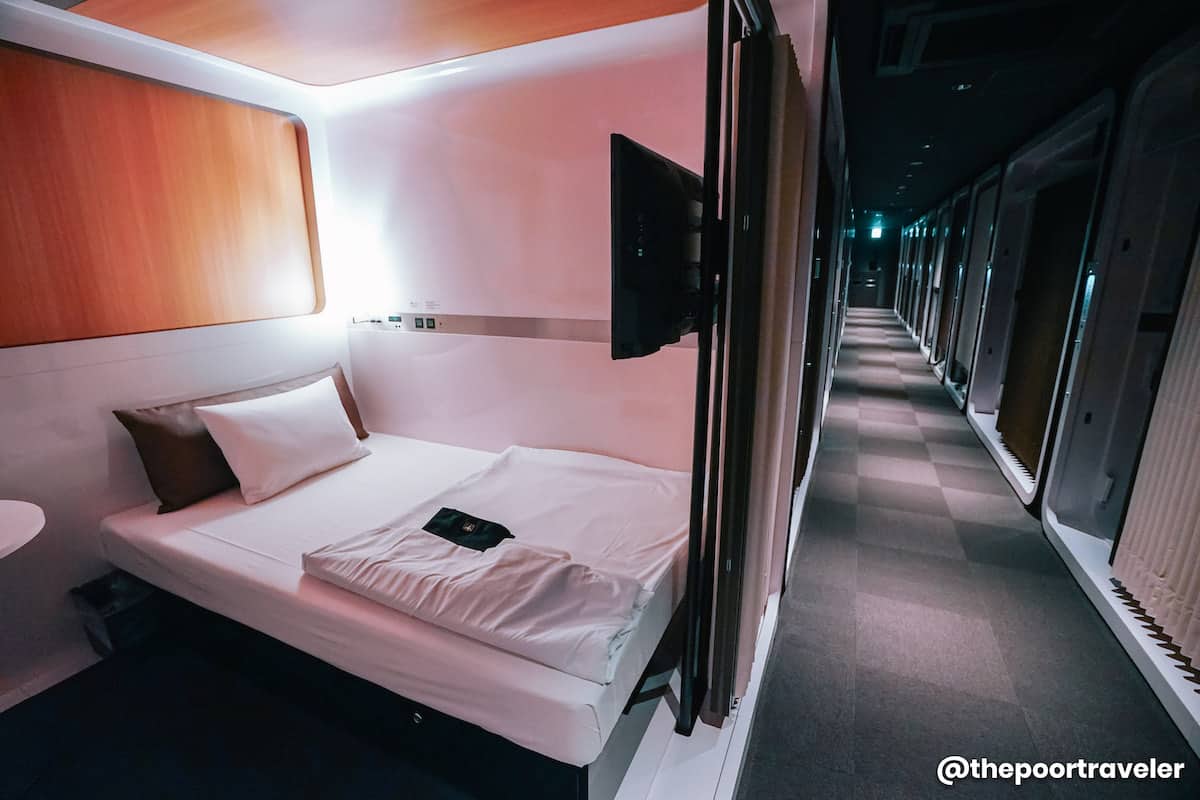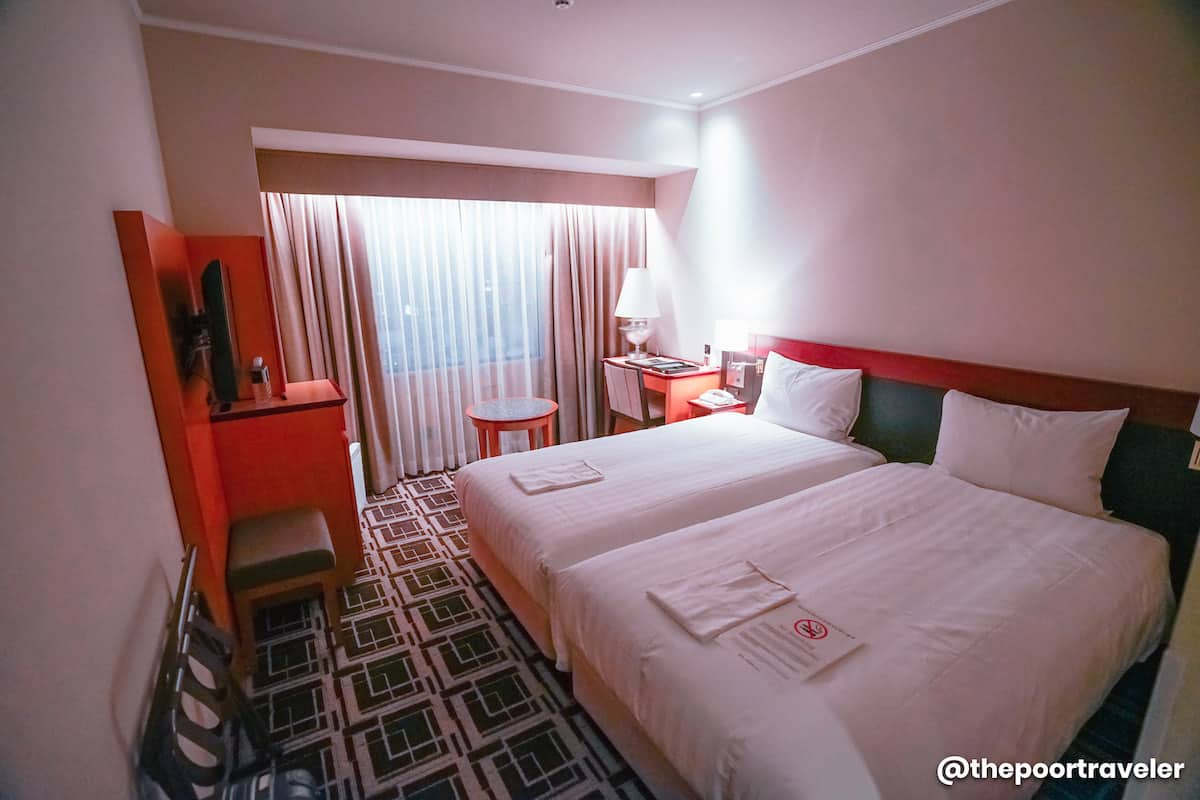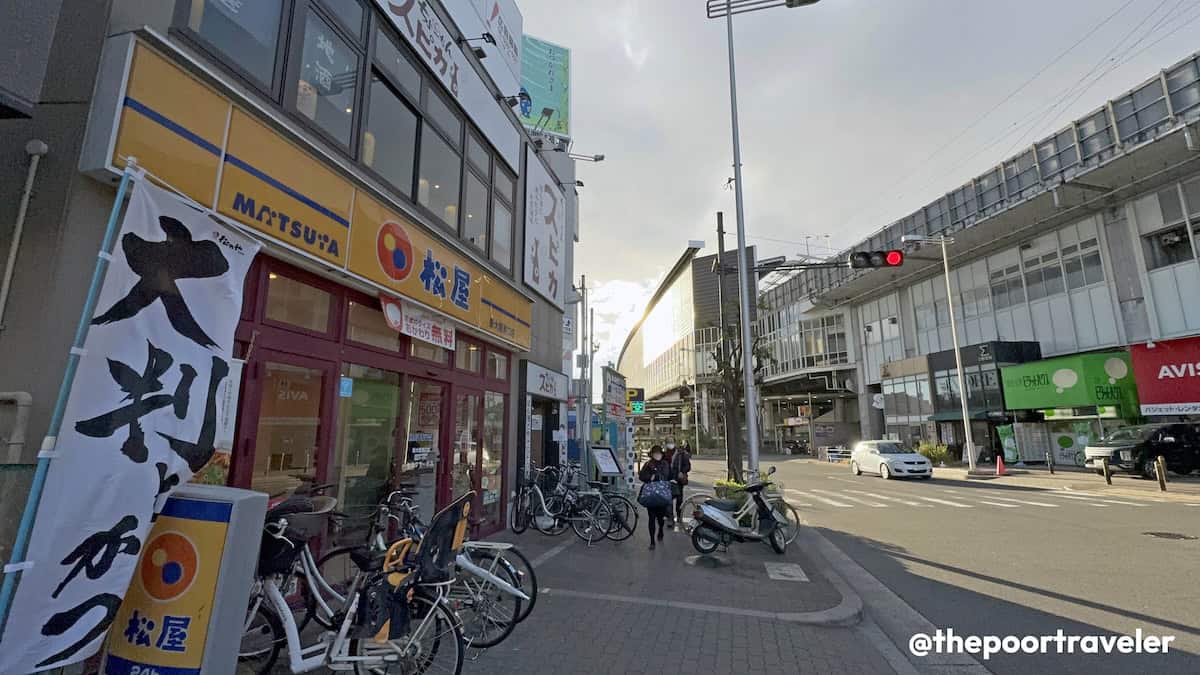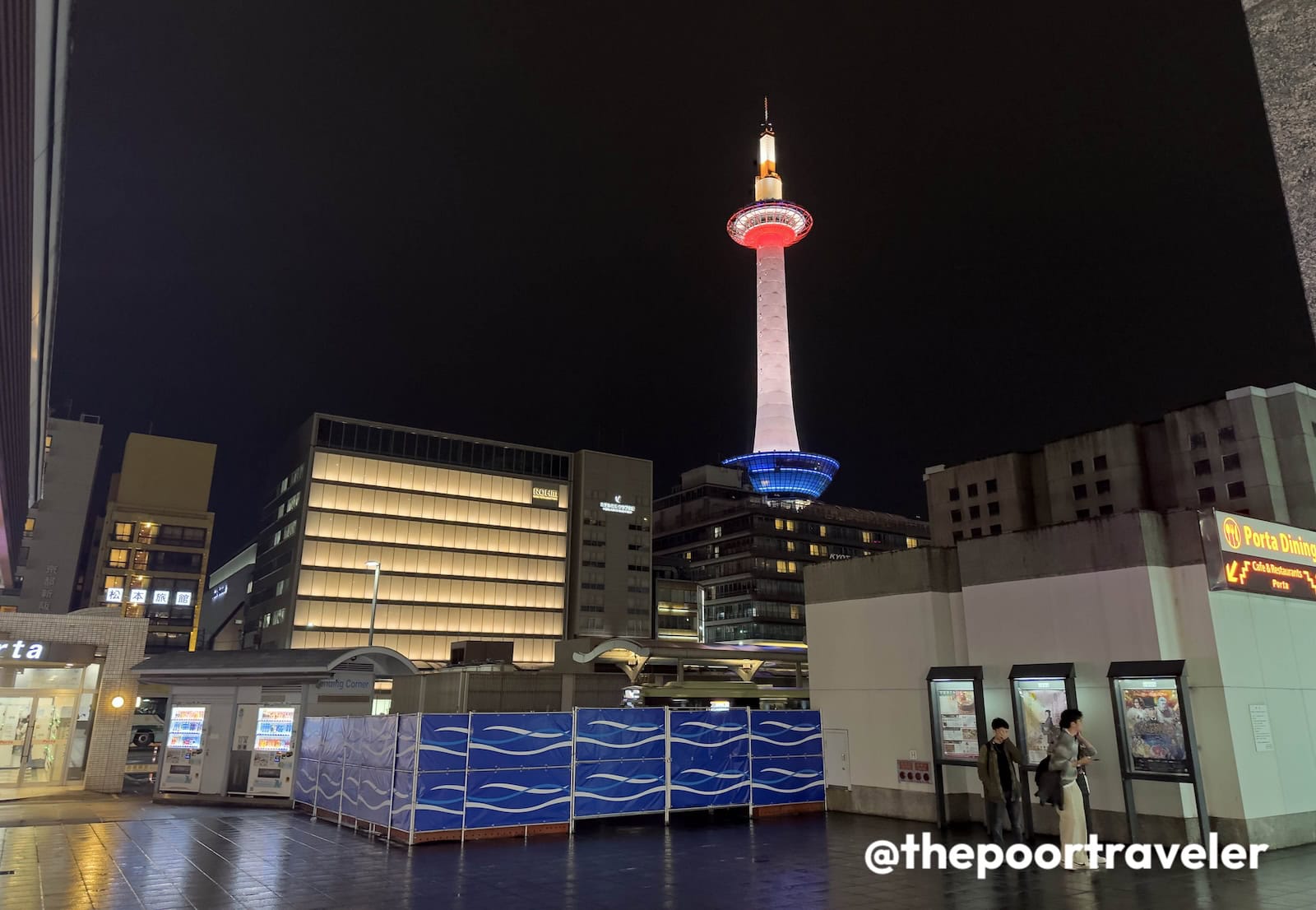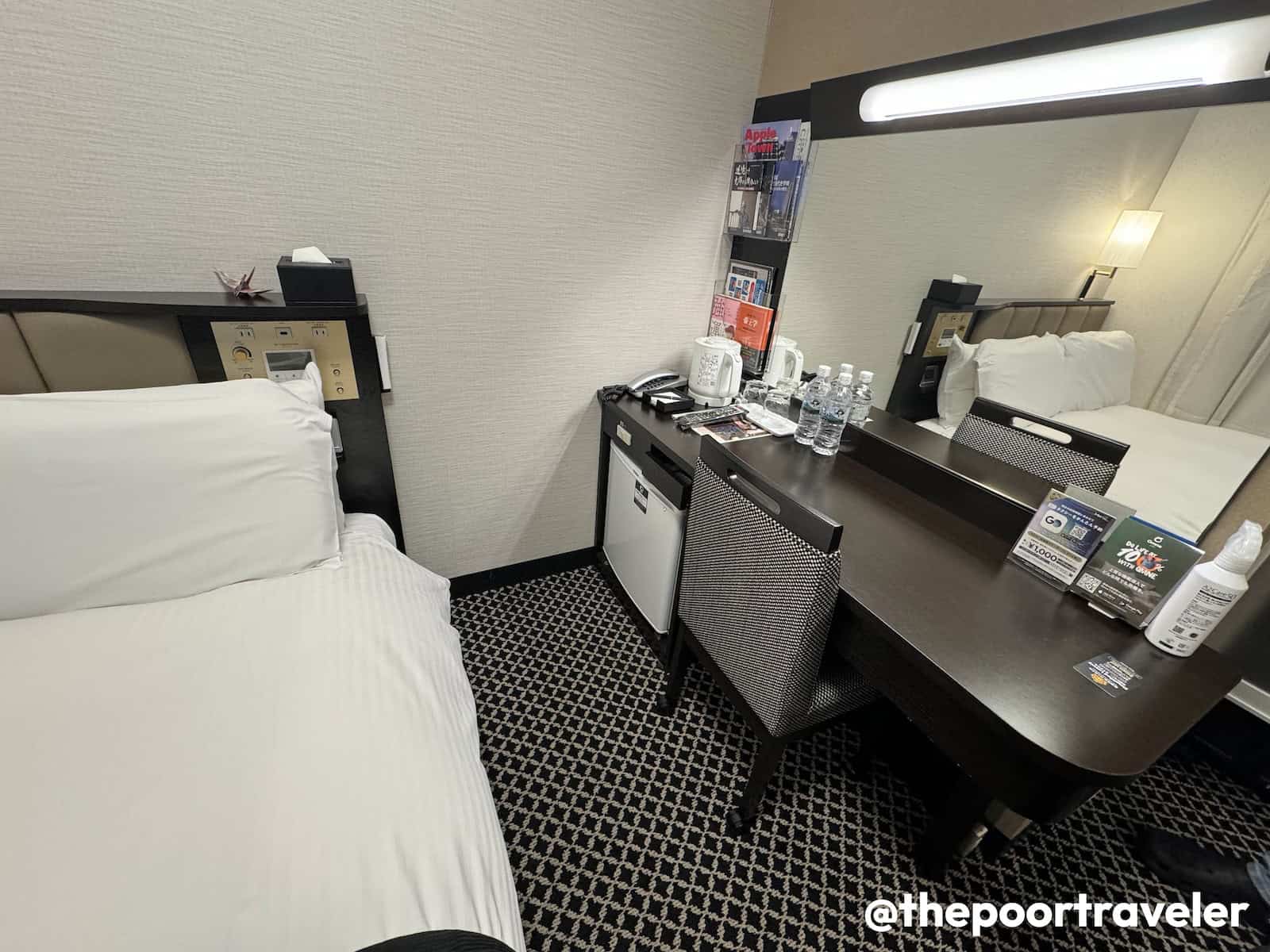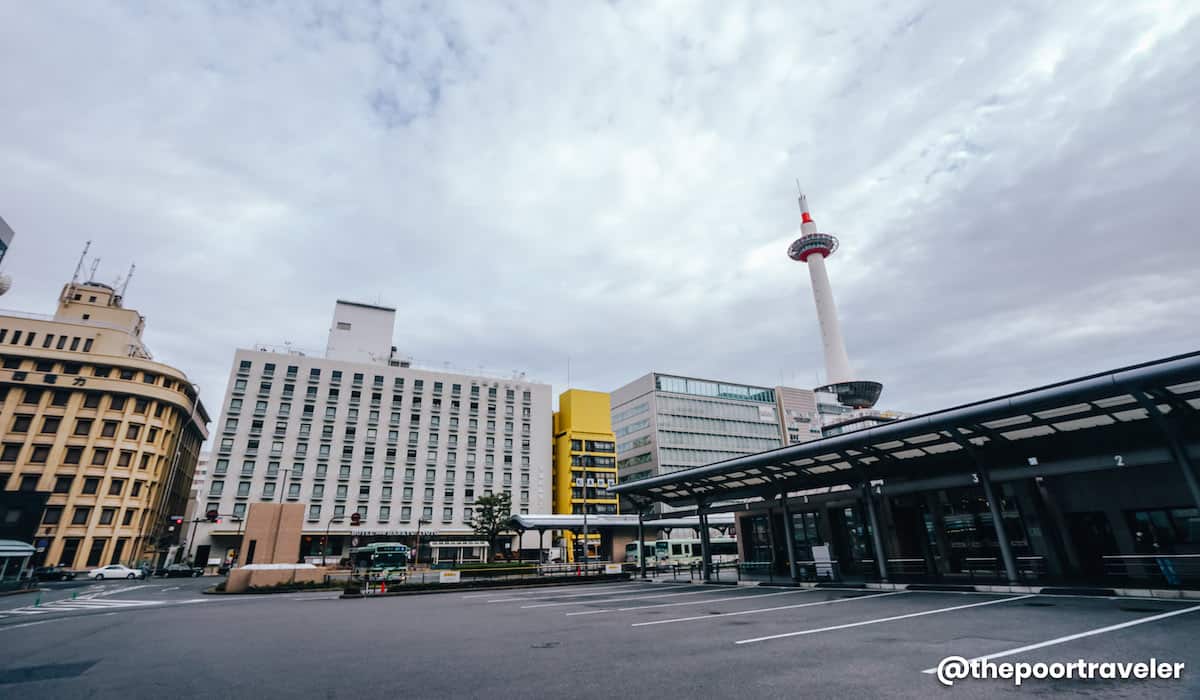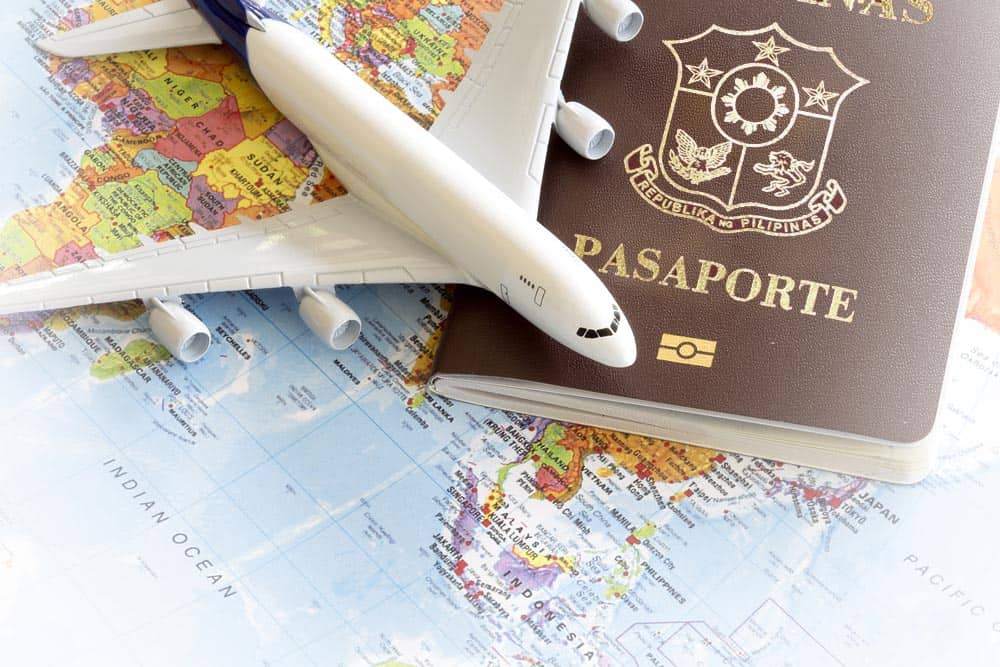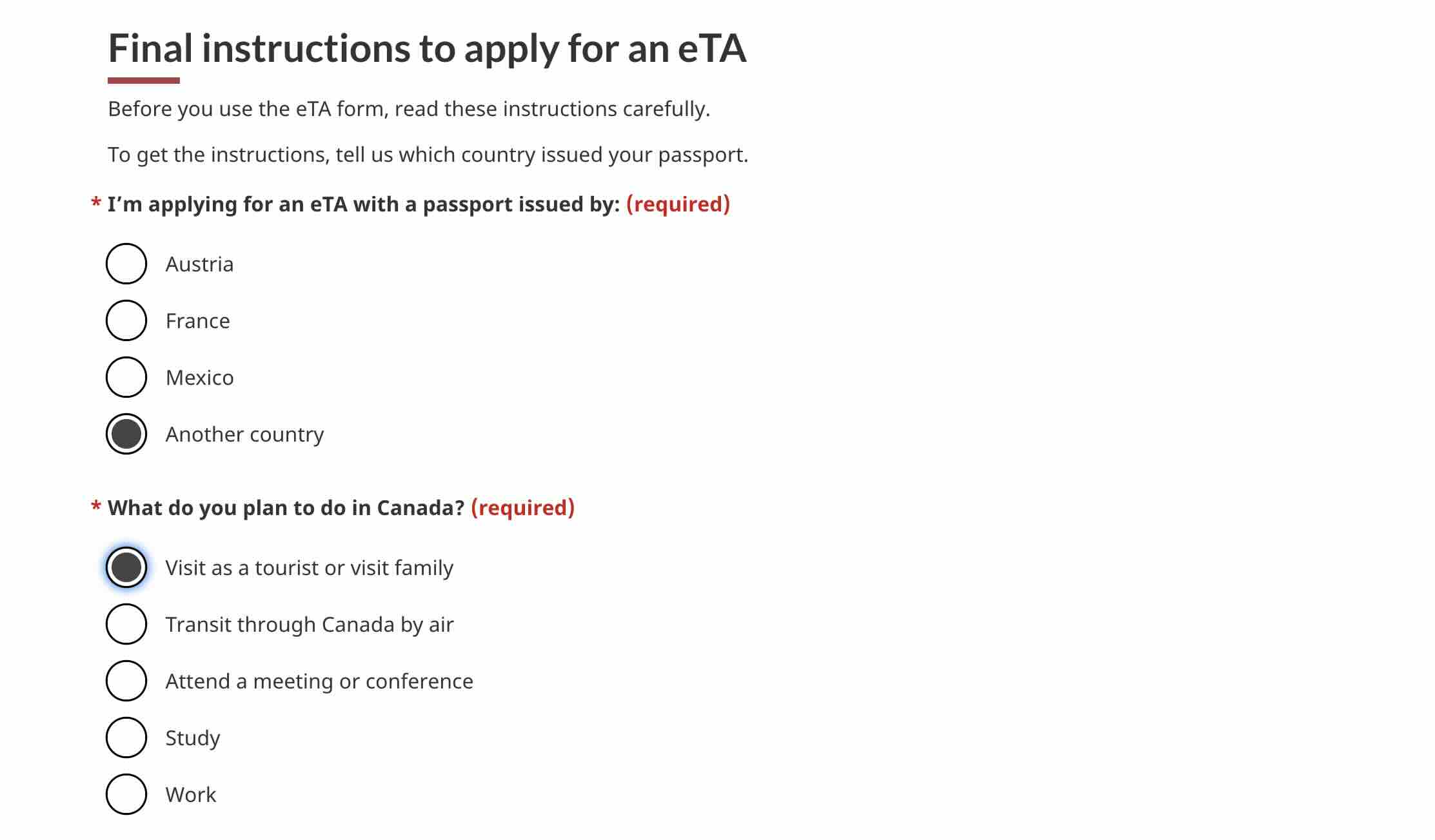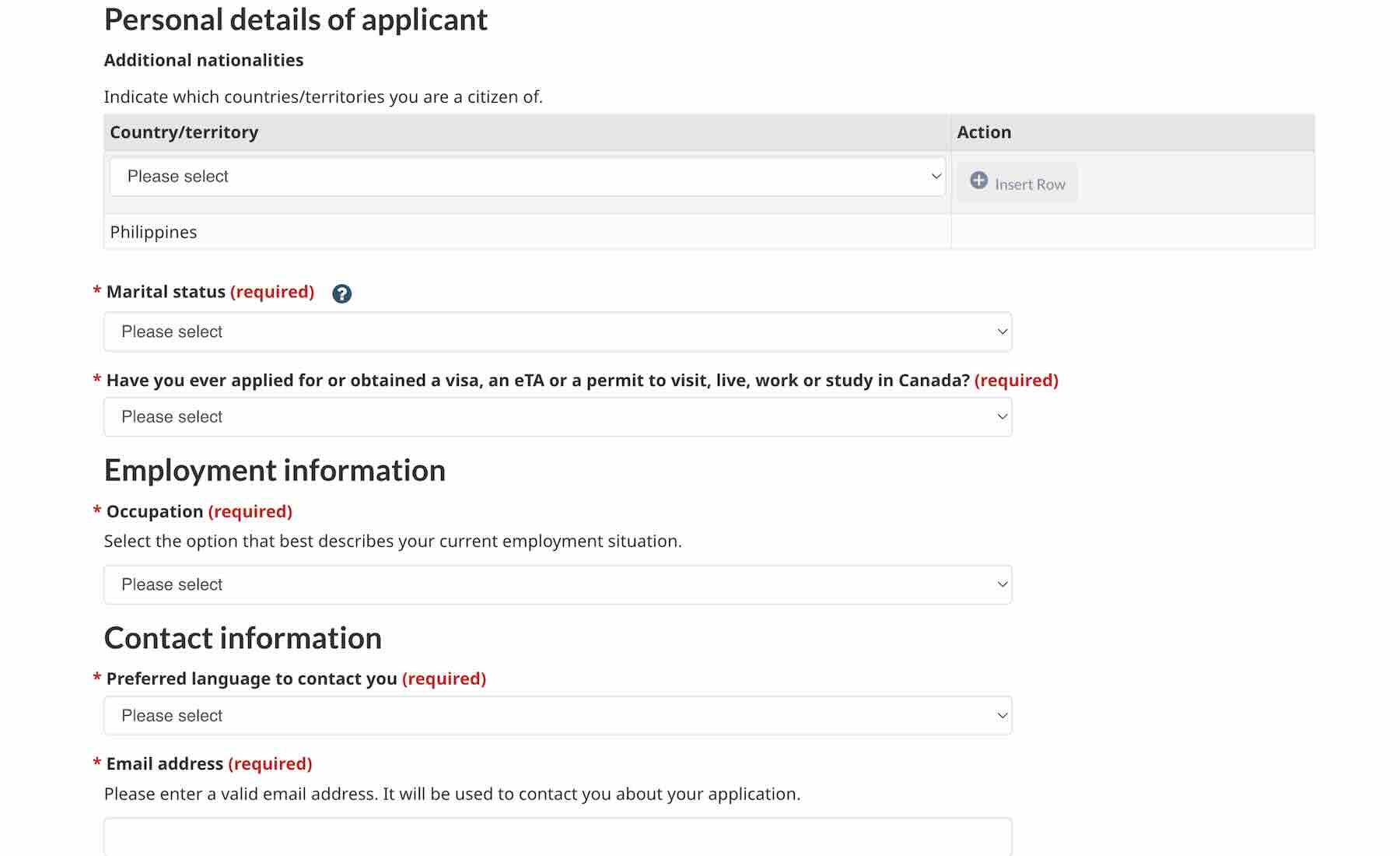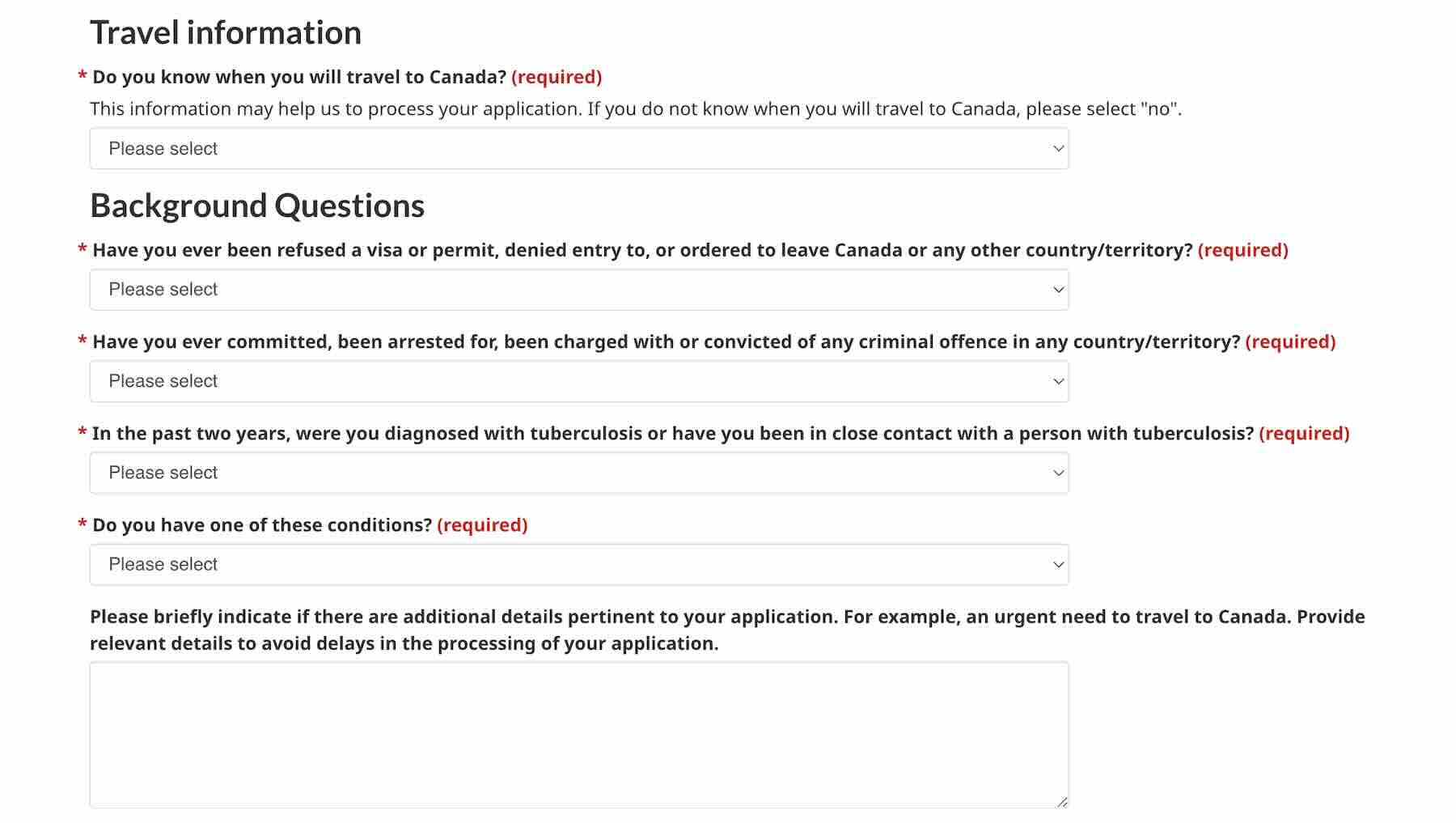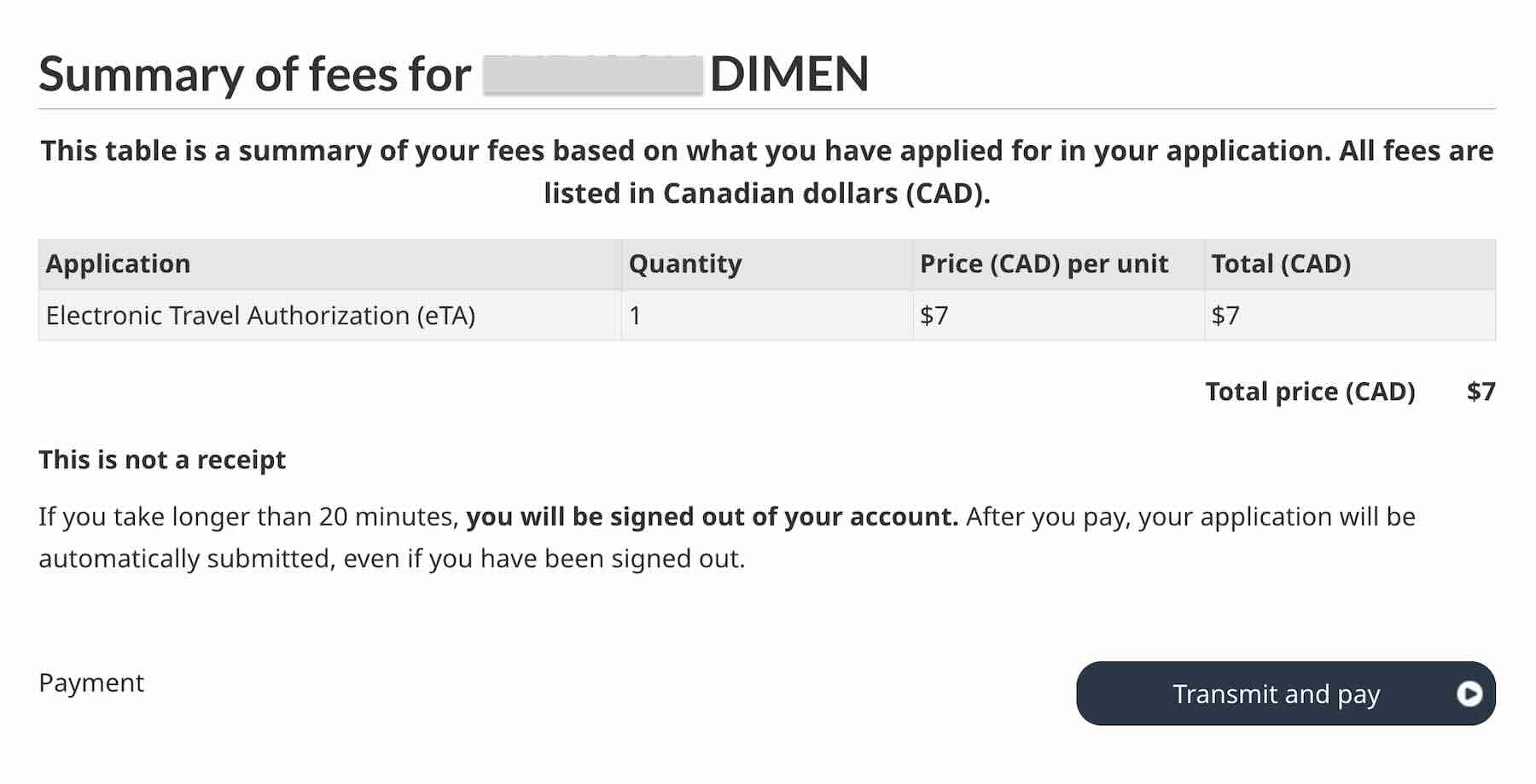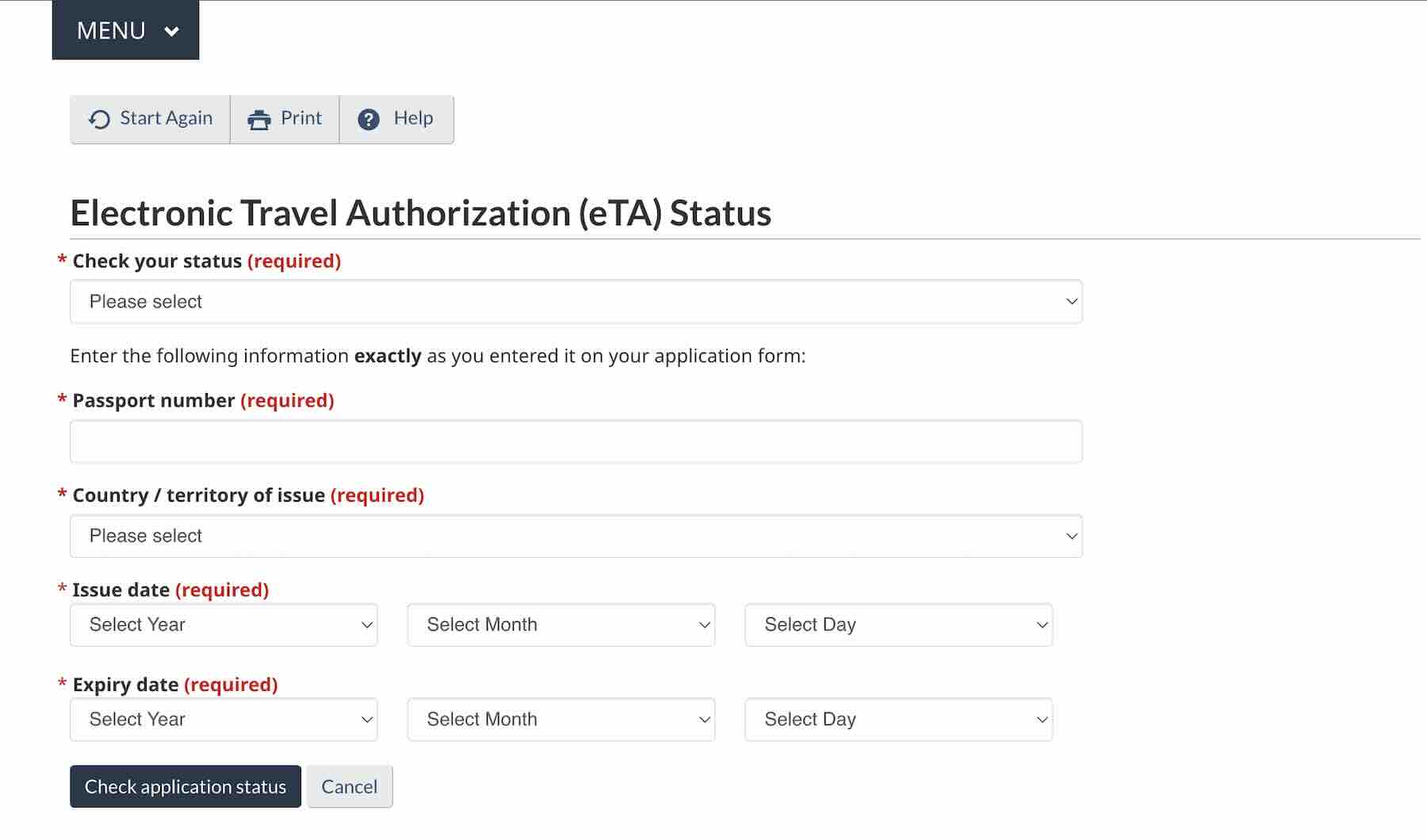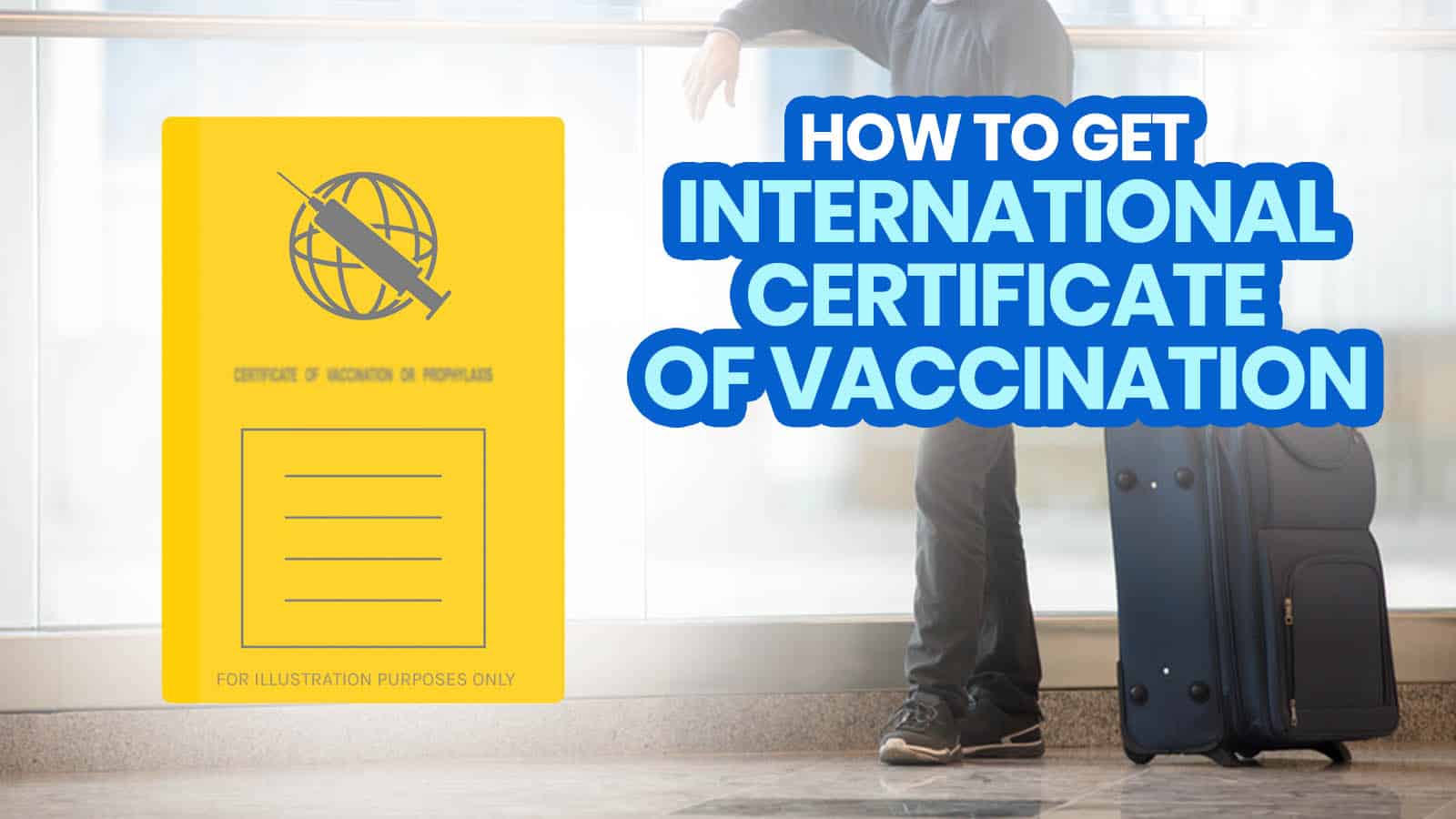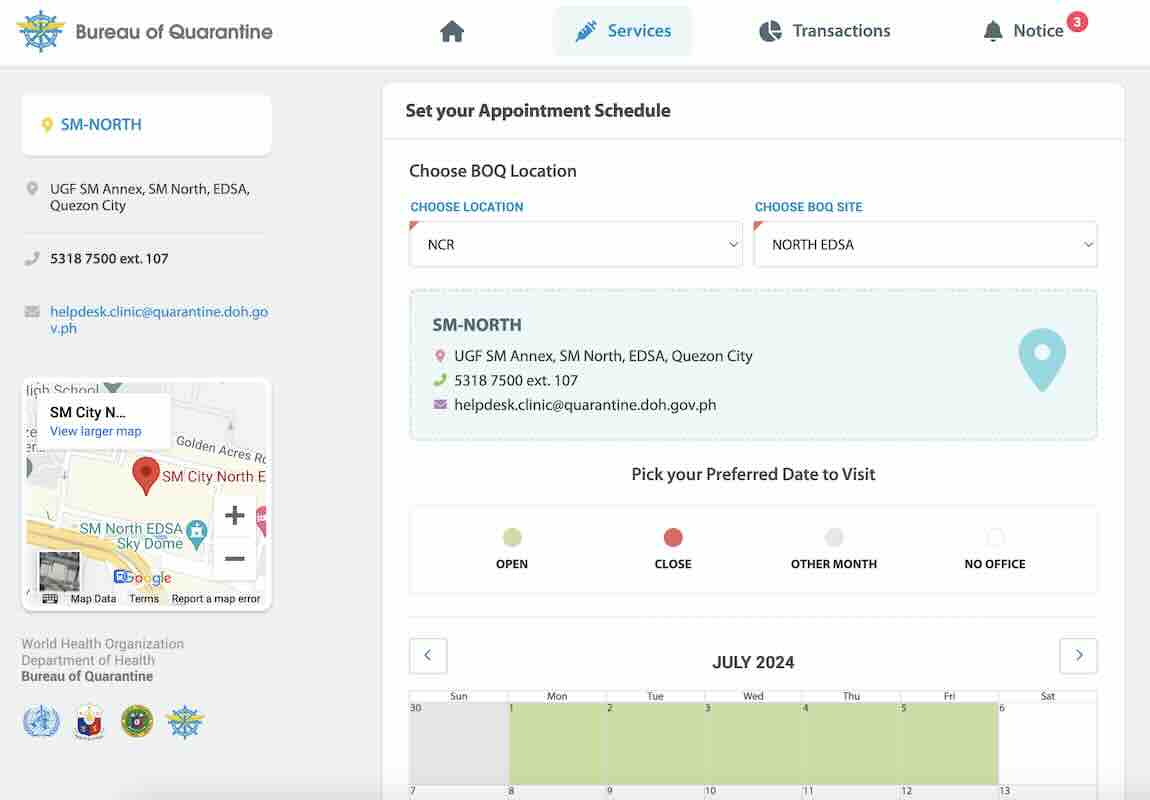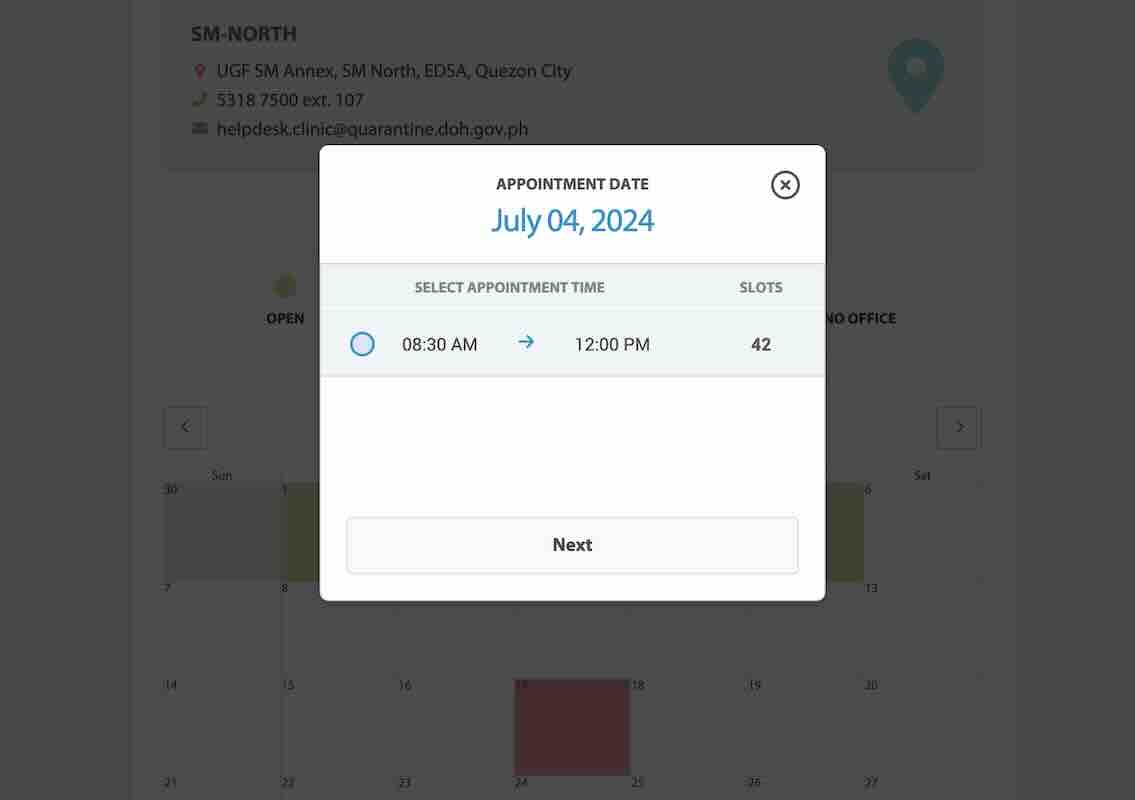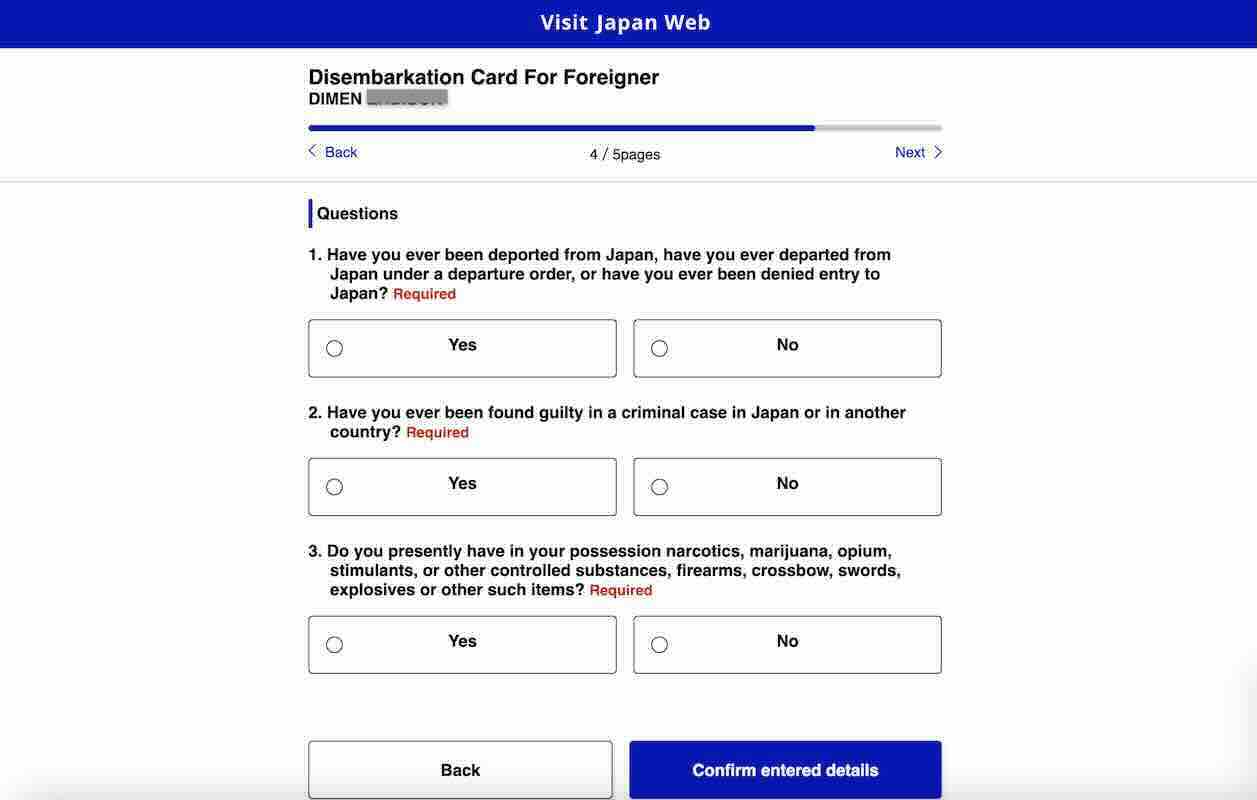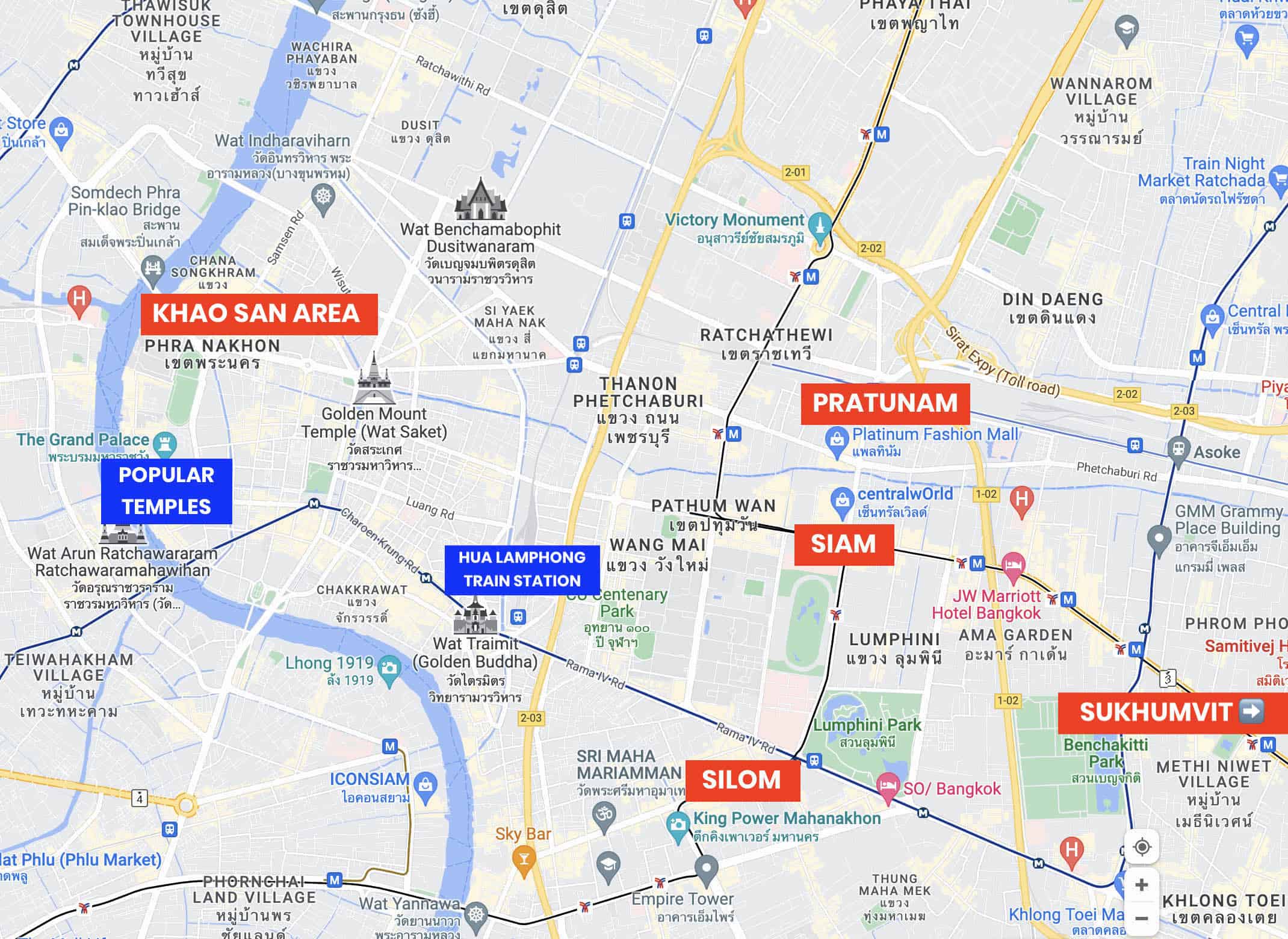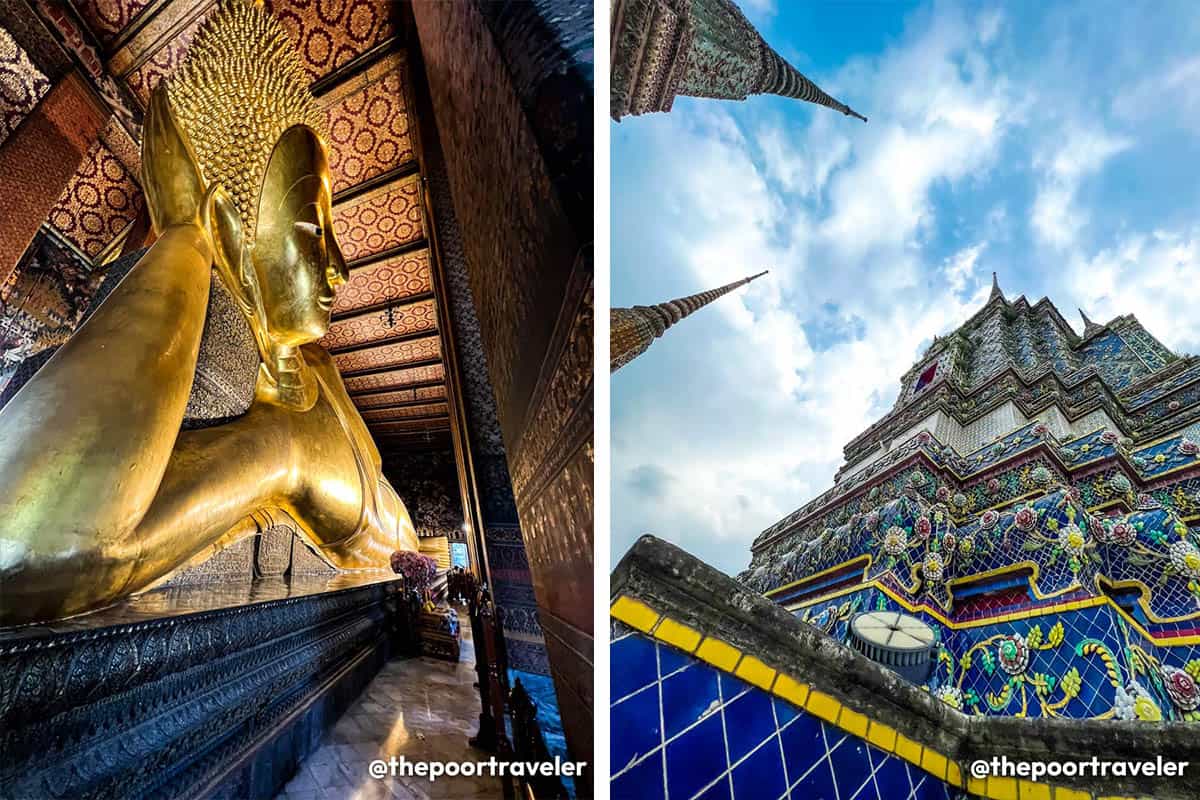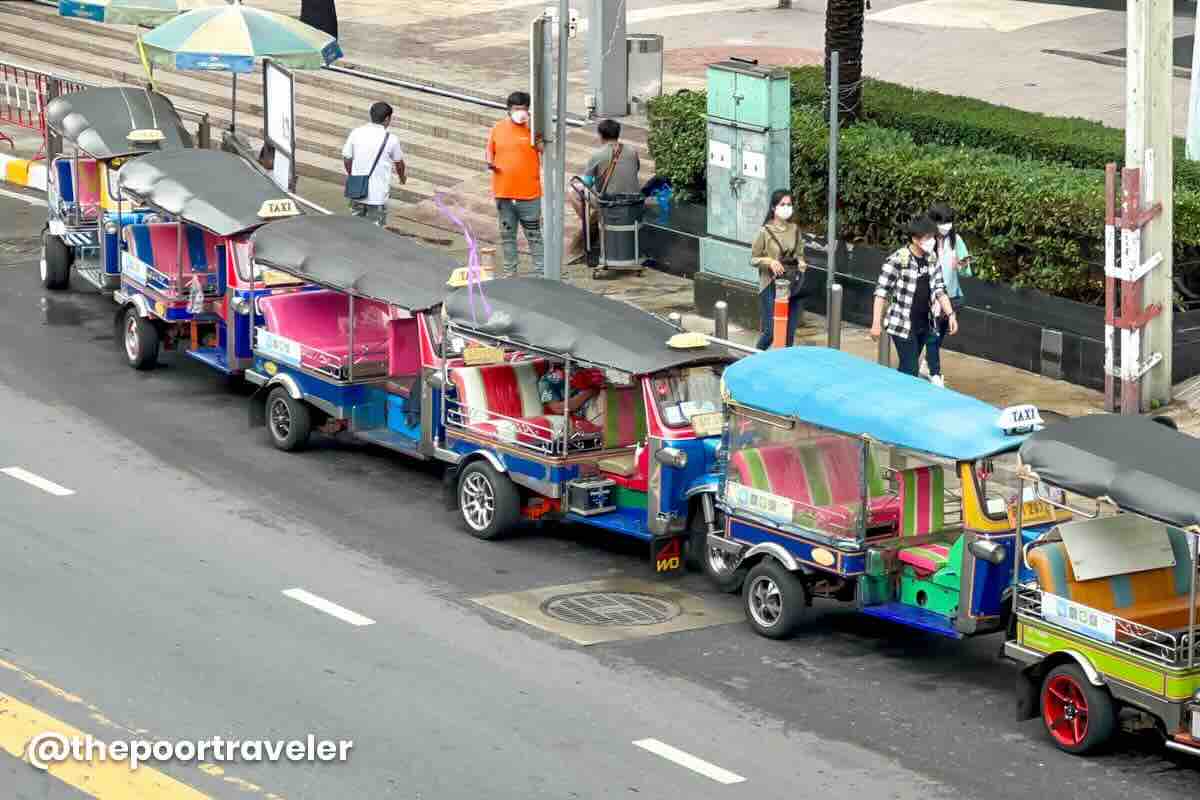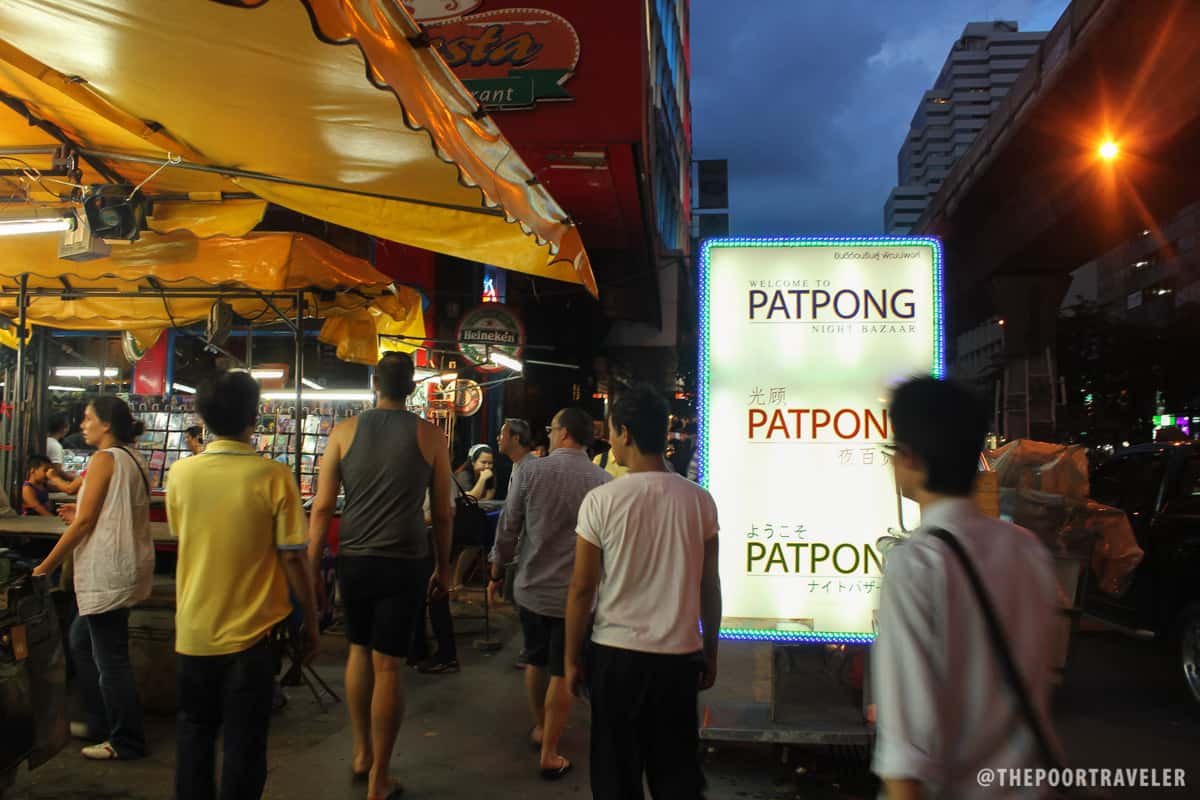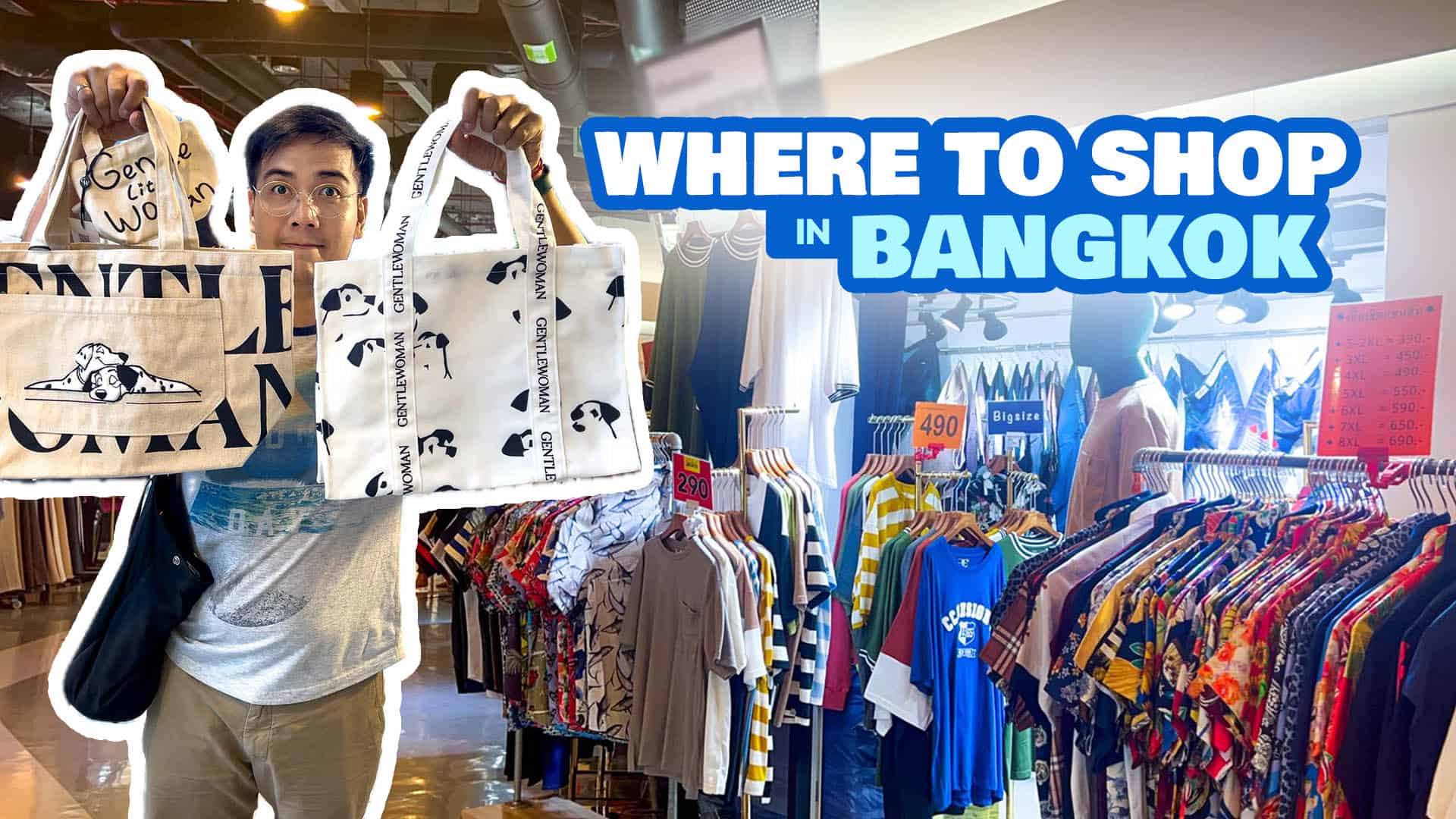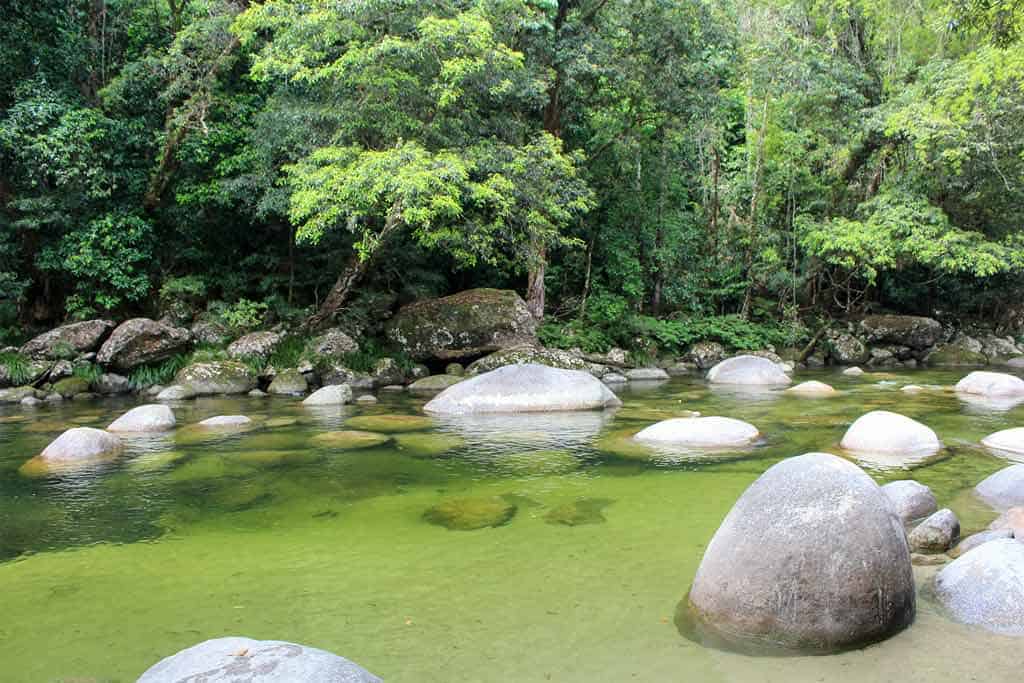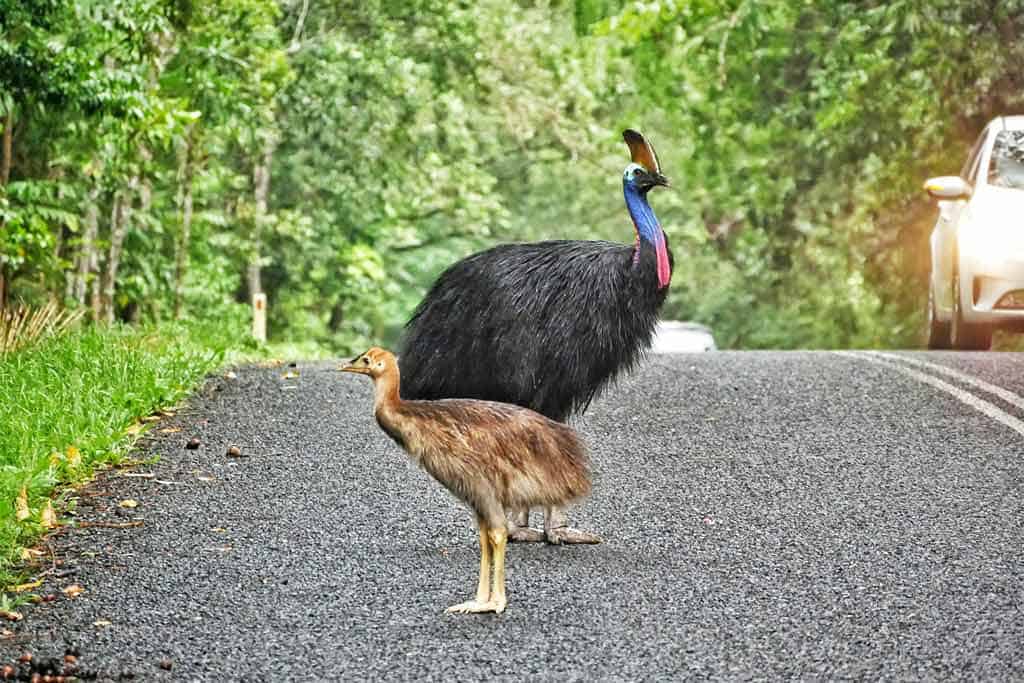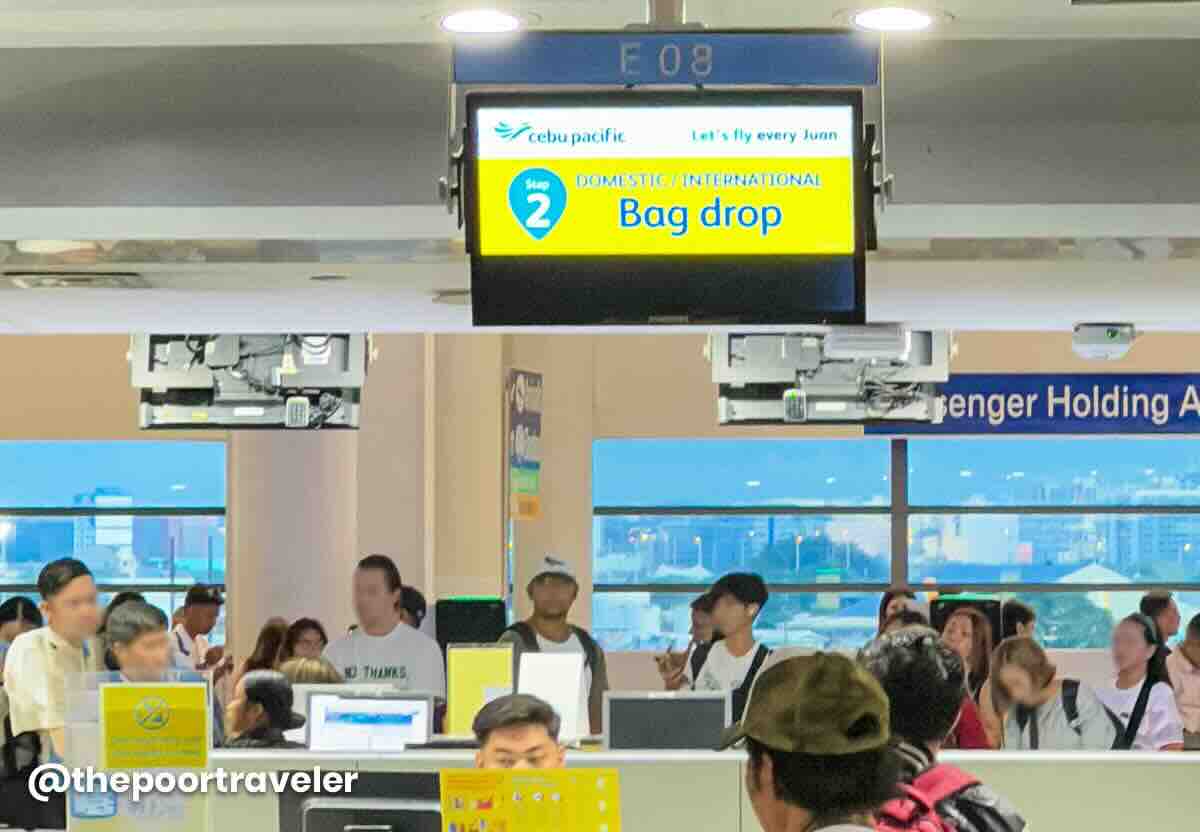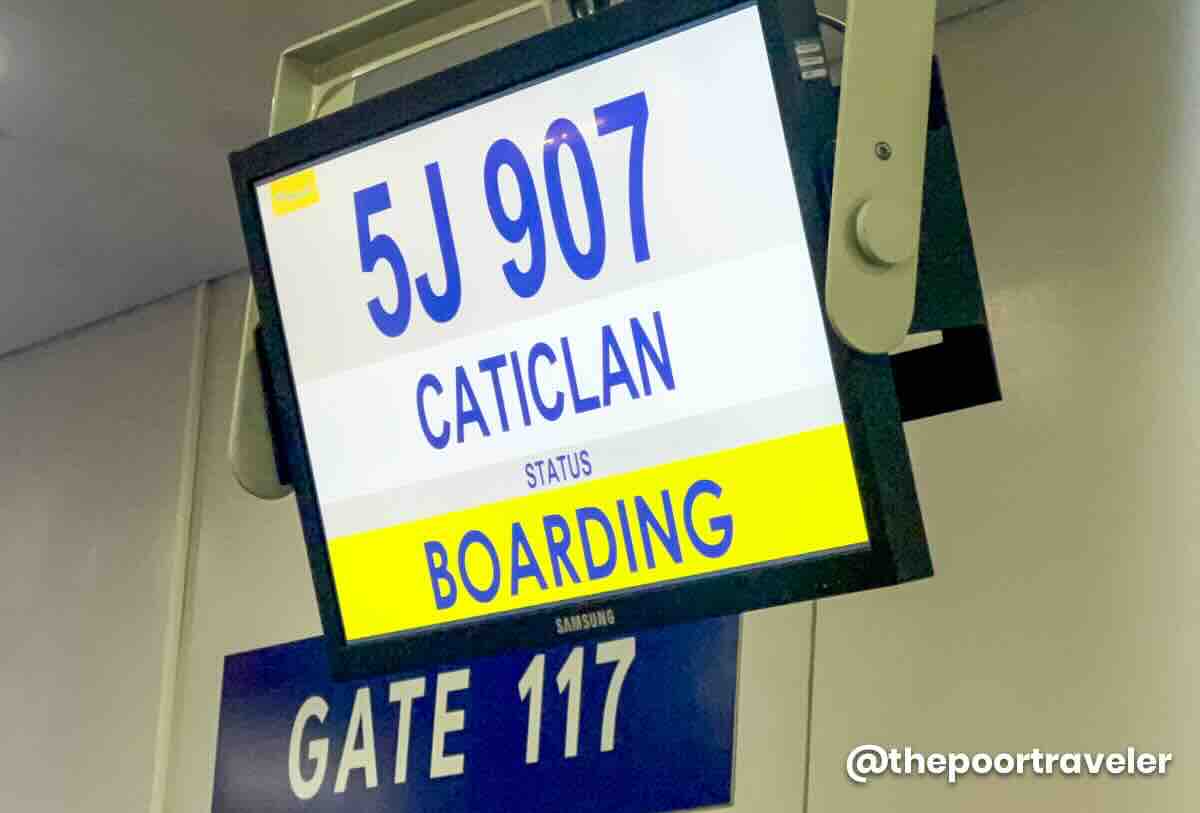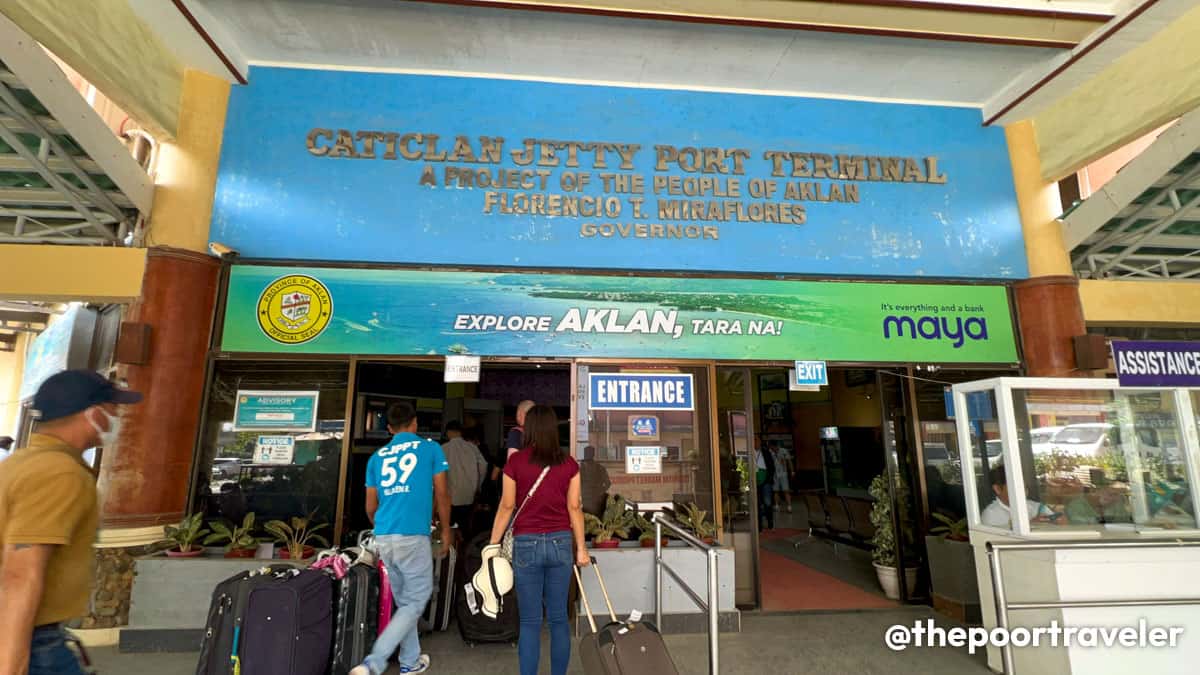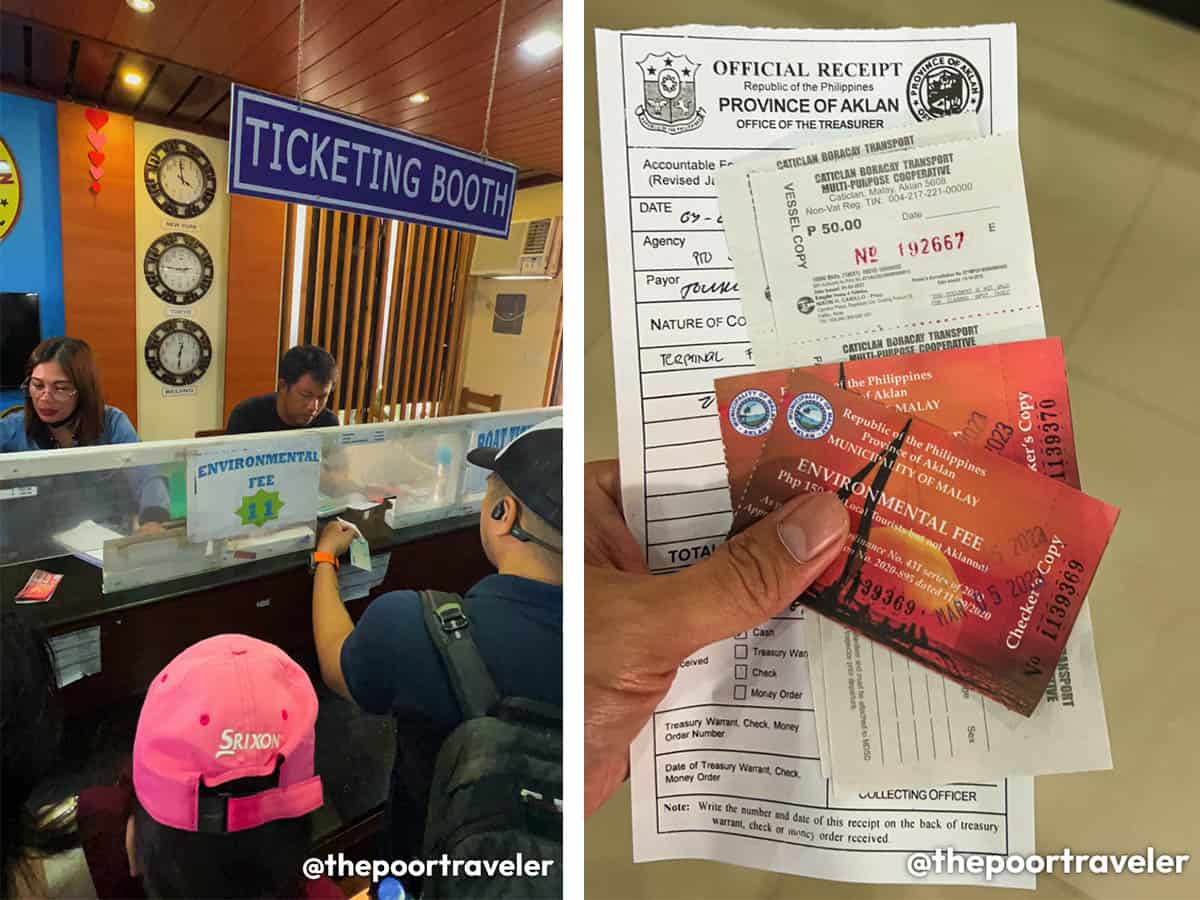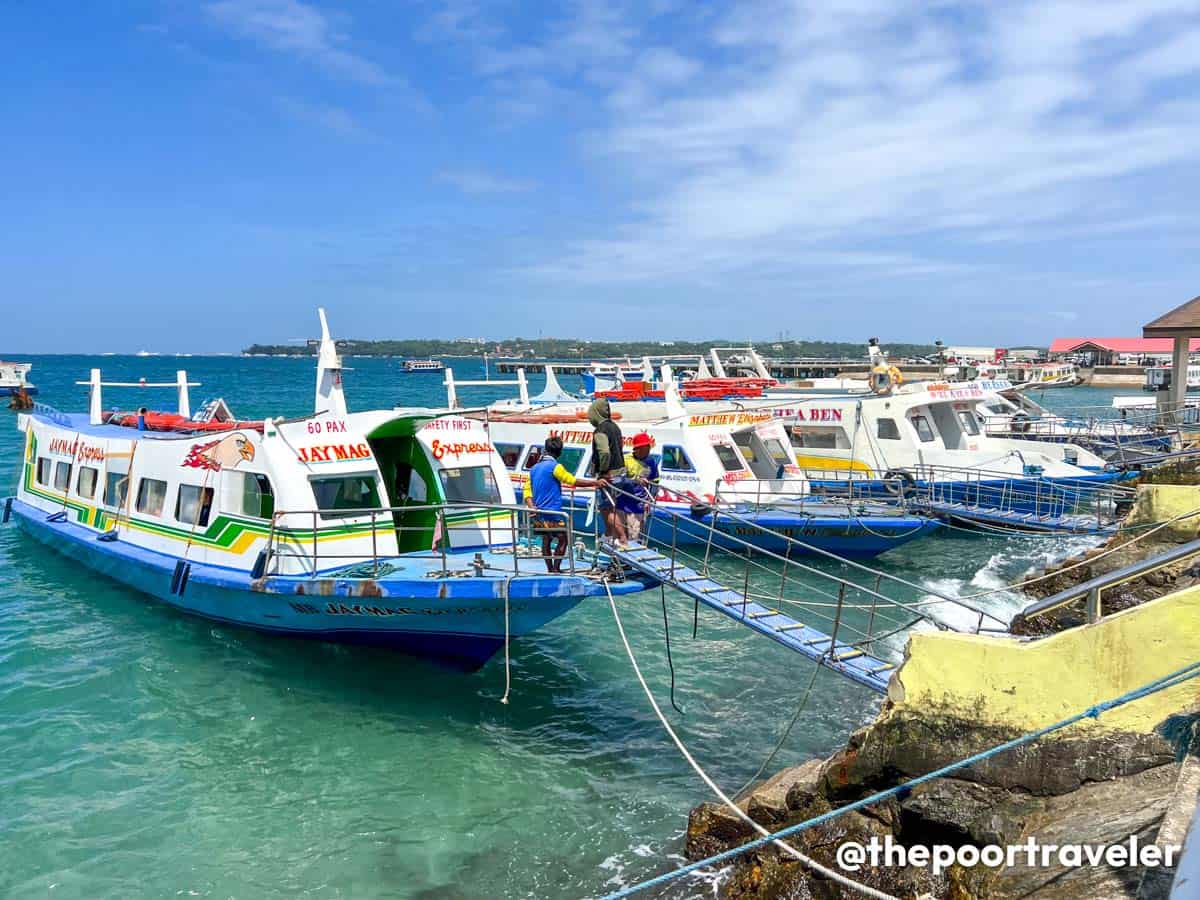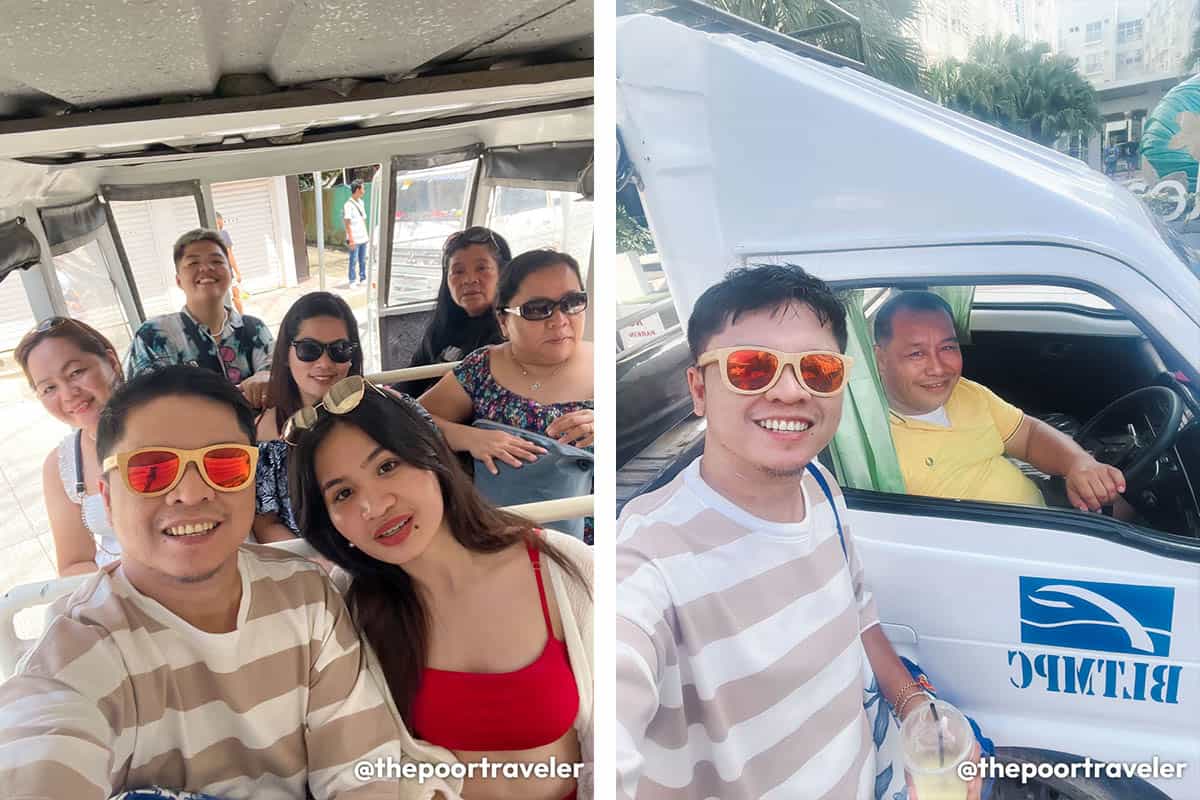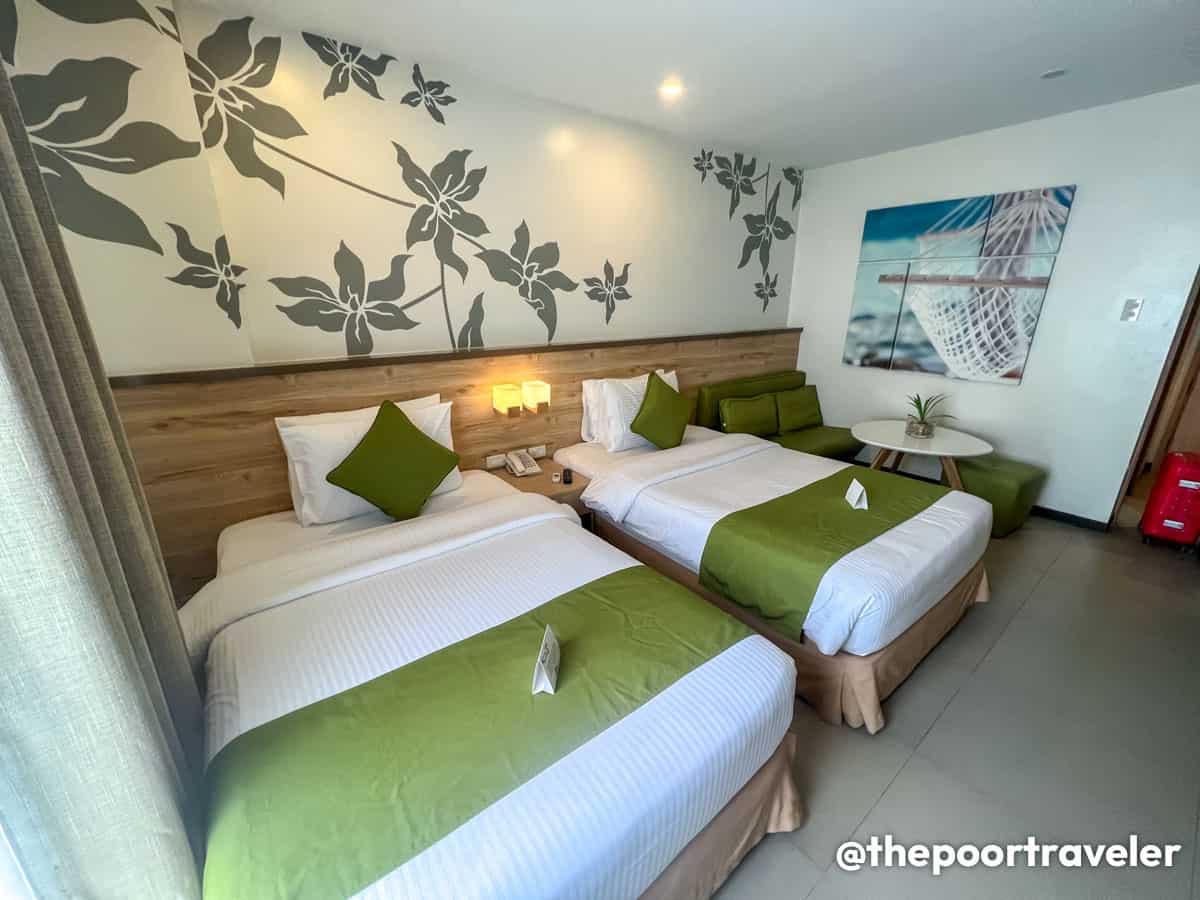After more than 10 trips, you’d probably think that the team is already done with Osaka. But that is far from the truth. Osaka is like a bottomless pot of attractions that can fill up both your bellies and itineraries.
Osaka has something to offer to almost any type of traveler. There’s Universal Studios Japan for those seeking family-friendly activities. There are plenty of cultural and historical landmarks including Osaka Castle for the history buffs. Recognized by many as the food capital of the world, Osaka is a paradise for foodies. Shopping? The extensive Dotonbori-Shinsaibashi area is just one of the many shopping districts in Osaka.
Centrally located in Japan, Osaka is a major city and an important transportation hub. It is one of the busiest but it is tamer than Tokyo, so the metropolis is not too overwhelming an experience for first-timers in Japan. Kansai International Airport is the main gateway to Osaka and the rest of the Kansai region. Osaka is also an ideal base if you want to explore other parts of the Kansai Region.
So, without further ado, here are some of the things to do and places to visit in Osaka. In this article, we’re including links to guided tours and tickets for your convenience.
1. Universal Studios Japan
Opened in March 2001, Universal Studios Japan receives over 10 million visitors annually, making it one of the most visited theme parks in Asia. This expansive “playground” for kids and kids-at-heart is divided into 10 themed zones. Better get ready because USJ will definitely exhaust you, in a good way, with its thrilling rides and fun activities.

The Wizarding World of Harry Potter is probably the most popular zone. You can chug on a mug of butterbeer, get your own wand, get sorted to know which house you really belong, and of course, the exciting “ride-in-the-dark” Harry Potter and the Forbidden Journey. But of course, each zone has its own charm.
In total, USJ features five exhilarating rollercoaster rides. Expect the park to be crowded during peak seasons (especially summer), holidays, and weekends. If you don’t want to wait in line for too long during these times, you can opt for the Universal Express Pass or get timed-entry tickets. Note that you need to secure a Universal Express Pass with an Area Timed Entry Ticket or an Area Timed Entry Ticket/Standby Entry Ticket to access Super Nintendo World.
You can reserve your ticket in advance online through the link below.
✅ GET YOUR TICKET & EXPRESS PASS HERE!
Zones: Hollywood, New York City, San Francisco, Minion Park, Jurassic Park, Amity Village, Universal Wonderland, WaterWorld, The Wizarding World of Harry Potter, and Super Nintendo World
Location: 2 Chome-1-33 Sakurajima, Konohana Ward, 554-0031 Osaka, Japan
Opening Hours: The opening time varies between 9:00 AM and 9:30 AM, while the closing time can be anytime between 7:00 PM and 10:00 PM. It’s best to check the website before visiting.
Admission Fee: 1-Day Studio Pass – Adult (16 y/o and above), ¥8,600; Child (4-11 y/o), ¥5,600; Senior (65 y/o and above), ¥7,700
Nearest Station: Universal-City Station
2. teamLab Botanical Garden
The magic begins when night falls!

You won’t have a hard time keeping your eyes peeled because you’d surely stare in awe and wonder as the garden comes alive with vibrant and fantastical illumination and displays.
teamLab Botanical Garden is nestled within the Nagai Park in Osaka. It’s an open-air night museum, seamlessly mixing nature, art, and technology through interactive and immersive installations and exhibits. The garden’s natural elements — both flora and fauna — transform it into a surreal dynamic art space, where your role goes beyond being a spectator. Most, if not all, displays react to motion.

The garden has six major zones. You can check the official website for the venue map. You can also download teamLab app for more information and to get your own digital flame.
The ticket may sell out, so it’s best to purchase online if you want to secure yours.
Location: Nagai Botanical Garden, 1-23 Nagaikoen, Higashisumiyoshi-ku, 546-0034 Osaka, Japan
Opening Hours: The opening time varies between 6:00 PM and 7:30 PM, depending on the season. It’s best to check the website for the updates. Closing time is at 9:30 PM, last entry at 8:30 PM.
Admission Fee: Adult (16 y/o and above), ¥1,800; Child (6-15 y/o), ¥500; PWD, ¥900; Child (5 y/o and below), FREE
Nearest Station: JR Nagai Station or Nagai Metro Station
3. Umeda Sky Building

Piercing the Umeda skyline at the height of 173 meters, the Umeda Sky Building is one of the tallest buildings in Osaka. Although not the tallest, it is still recognized as one of the most famous landmarks of the city. The imposing structure is made up of twin 40-story towers linked at the uppermost stories by a rooftop observatory, a bridge, and escalators.
The Kuchu Teien Observatory (Floating Garden Observatory) features indoor and outdoor (Sky Walk) observation decks, presenting panoramic views of the city. There’s a café, a gift shop, a restaurant, and a sky lounge/bar. For more dining options, the basement houses a themed area based on the old Showa Period — the Takimi Koji Gourmet Street.
You can reserve your ticket online ahead of time!
If you have an Osaka Amazing Pass, you can enter the observatory for FREE until 3:00 PM.
✅ GET OSAKA AMAZING PASS HERE!
Location: 1 Chome-1-88 Oyodonaka, Kita Ward, 531-6023 Osaka, Japan
Opening Hours: Monday to Sunday, 9:30 AM – 10:30 PM. Last entry is at 10:00 PM. Note that the opening schedule might change, so check the official website for updates and announcements before visiting.
Admission Fee: Observatory – Adult, ¥2,000; Adult PWD, ¥1,000; Child (4-12 y/o), ¥500, Child PWD, ¥250; Child (Below 4 y/o), FREE.
Nearest Station: Osaka JR Station or Umeda Metro Station
4. Abeno Harukas
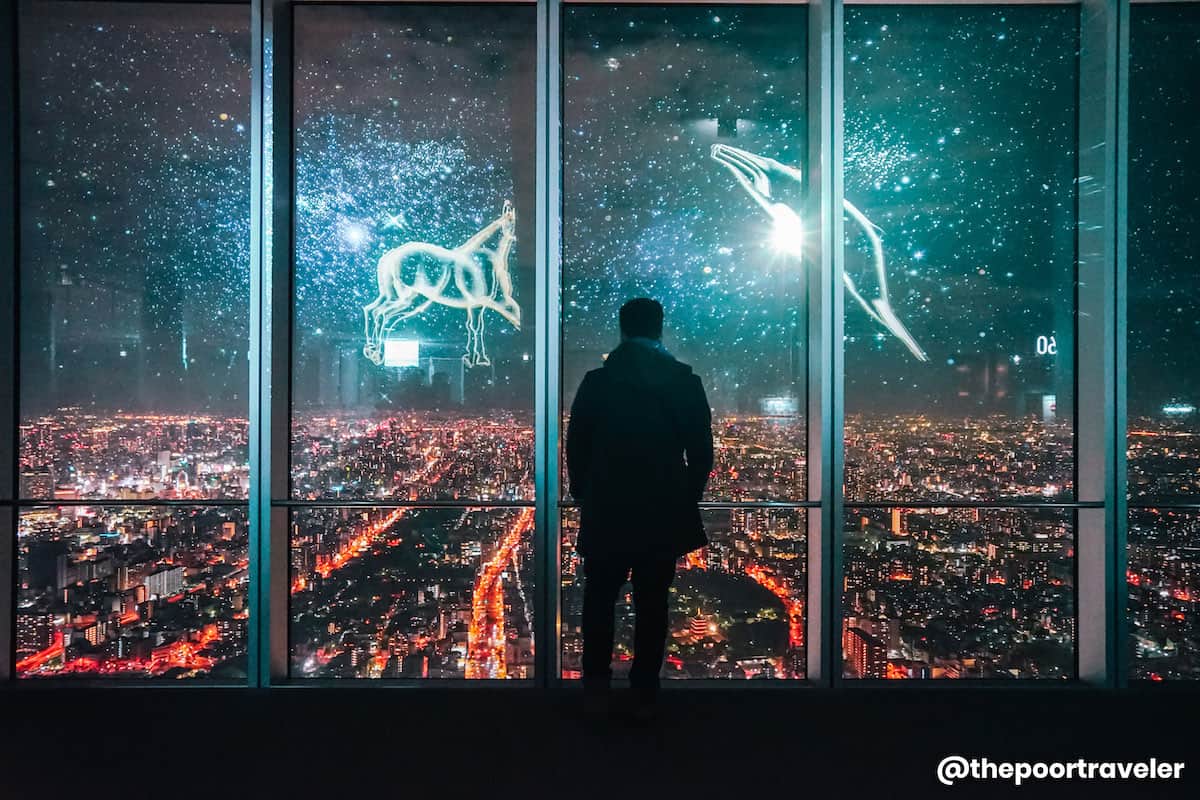
Towering at 300 meters and dominating the skyline of Tennoji district, Abeno Harukas used to be the tallest building in Japan until 2023, when Azabudai Hills Mori JP Tower took the title. It features an observation deck named Harukas 300, which is one of the highest observation decks in the country. The viewing deck, located on the 58th to 60th floor, offers a stunning view of the cityscape, especially at night. You can get the ticket at the entrance on the 16th floor.
The building also houses a department store, an art museum, a rooftop garden, a hotel, and restaurants. The area is a train hub for JR and Kintetsu lines.
If you want to access the Harukas 300 Observation Deck, you can get your ticket in advance online.
Location: 1 Chome-1-43 Abenosuji, Abeno Ward, 545-6016 Osaka, Japan
Opening Hours: Harukas 300 – Monday to Sunday, 9:00 AM – 10:00 PM. Last entry is at 9:30 PM. Note that the opening schedule might change, so check the official website for updates and announcements before visiting.
Admission Fee: Harukas 300 – Regular, ¥2,000; Child (0-3 y/o), FREE
Nearest Stations: Osaka-Abenobashi Kintetsu Station, Tennoji Station (JR and Metro)
5. Osaka Castle Park

Located in the heart of the city, Osaka Castle is a symbol of the city and a prominent landmark, with a history that dates back to the late 1500s. It was commissioned by Toyotomi Hideyoshi who led the unification of Japan during the Azuchi-Momoyama Period. The castle is the centerpiece of the castle grounds, surrounded by two layers of canals or moats. The inner canal enclosed the castle except for the southwestern portion, while the outer canal fringes the whole castle park. There are four gateways with wide concrete pedestrian bridges crossing over the outer canal.
While some components are well-preserved, the restorations also integrated modern features including air-conditioned halls, an elevator, and an observation platform. Apart from the castle itself, the whole 106-hectare castle park hosts 13 other culturally significant structures recognized by the Japanese government. Some of the notable features are Aoyamon Gate, Gokurakubashi Bridge, Hokoku Shrine, Plum Groves, and Kimmeisui Well. Today, the castle also serves as a museum.
For a hassle-free entry, get your ticket in advance online.
Location: 1-1 Osakajo, Chuo Ward, 540-0002 Osaka, Japan
Opening Hours: Osaka Castle Museum – Monday to Sunday, 9:00 AM – 5:00 PM. Last entry is at 4:30 PM. Note that the opening schedule might change, so check for updates and announcements prior to your visit.
Admission Fee: Osaka Castle Park FREE; Osaka Castle Museum – Adult (16 y/o and above), ¥600; Child, (15 y/o and below), FREE
Nearest Station: Osakajokoen JR Station (Osaka Loop Line) or Morinomiya Station (JR and Metro)
6. Dotonbori
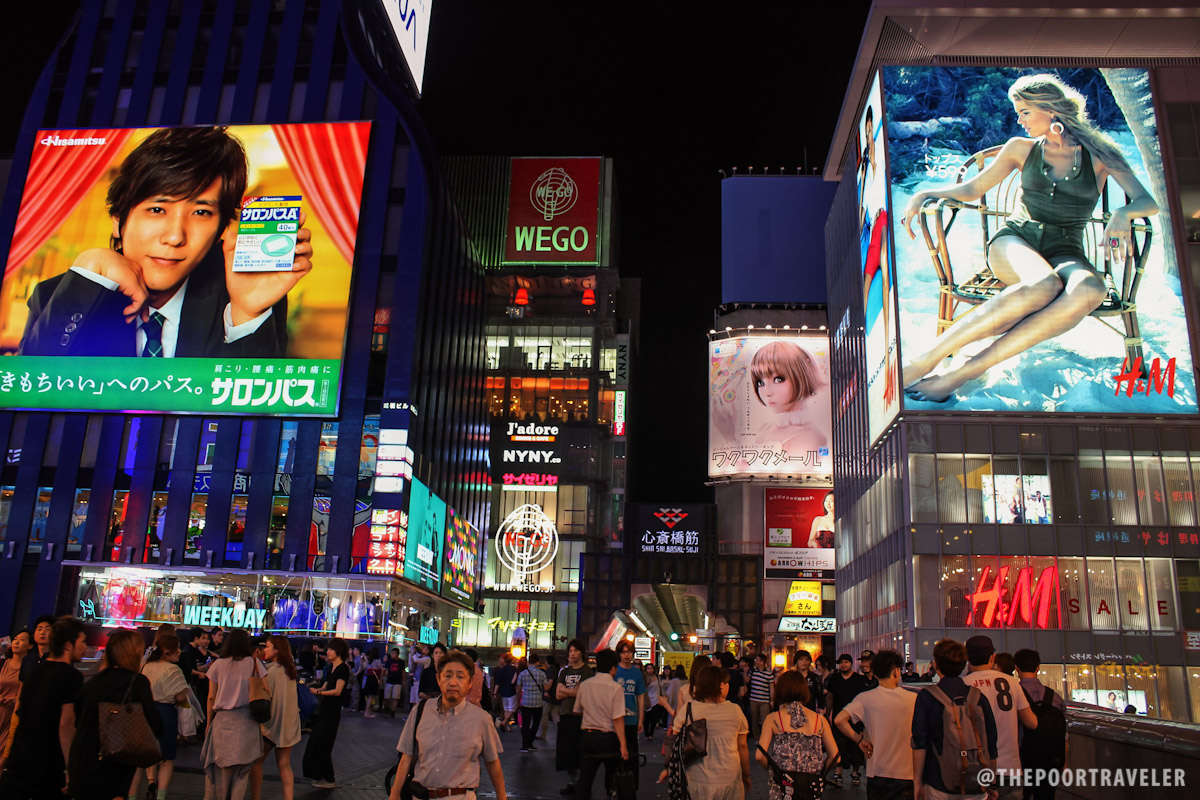
Once a theater district, Dotonbori still entertains locals and tourists with its countless shops and food places. This canal-side shopping and food district is bustling with people any time of the day, doubling on weekends and holidays. At night, the whole stretch is much livelier with its bright lights and neon billboards, including the iconic Glico Man billboard. Street food stalls, restaurants, shopping centers, izakaya, and bars are clustered along narrow lanes usually flocked by tourists, students, and after-work merrymakers and drinkers.
Don’t just fill your senses with all the goodness Dotonbori has to offer, fill your tummies with Osaka’s signature dishes too! Dotonbori is not called Osaka’s food mecca for nothing. The must-tries when in Osaka include takoyaki, okonomiyaki, and kushi katsu, among others. Other attractions are Dotonbori Canal, the National Bunraku (Puppet) Theater, Shochikuza Theatre, and Kamigata Ukiyoe Museum. Dotonbori is just a few minutes’ walk from Shinsaibashi.
Location: Dotonbori, Chuo Ward, 542-0071 Osaka, Japan
Nearest Station: Osaka-Namba Station, Namba Metro Station, or Nippombashi Kintetsu Station
7. Shinsaibashi
Perpendicularly connected to Dotonbori by Ebisu Bridge where you can view the famous Glico Man sign, Shinsaibashi is Osaka’s oldest and most famous shopping district. It summons shopaholics to its 600-meter stretch of retail outlets, lined with international and local brands, indie fashion boutiques, footwear stores, sportswear goods, and electronic and gadget shops. Shinsaibashi caters to everyone
If you love shopping, you’ll be thrilled to know that most establishments grant duty-free privileges for tourists. You will find both designer boutiques and hundred-yen stores along this commercial stretch.
Expect huge crowds on weekends and holidays. Wear comfortable clothes and footwear if you are on a serious shopping mode, and don’t forget to bring your passport if you want to avail of the duty-free offers!
Location: Shinsaibashi, Chuo Ward, 542-0085 Osaka, Japan
Nearest Station: Shinsaibashi Metro Station, Namba Metro Station, or Osaka-Namba Station
8. Legoland Discovery Center Osaka
If you want a chill yet still exciting version of the Legoland theme park, head over to Legoland Discovery Center Osaka, an indoor LEGO-themed recreation center with indoor family-friendly rides, interactive activities, fun games and playzones, and a 4D cinema! You can also go on a Lego brick factory tour, take up a brick-making class, explore Miniland featuring Osaka’s famous landmarks, or just enjoy playing with LEGO blocks all day.
You get your ticket in advance online!
Attractions: LEGO Friends Olivia House, Miniland, Kingdom Quest, LEGO Factory, LEGO Studio 4D Cinema, DUPLO Farm, LEGO City Play Zone, Merlin’s Apprentice, LEGO Racer Build & Test Zone, Master Builder Academy, and Great LEGO Race
Location: 3F Tempozan Market Place, 1 Chome−1−10, Kaigandori, Minato Ward, 552-0022 Osaka, Japan
Opening Hours: Monday to Sunday, 10:00 AM – 6:00 PM. Note that the opening schedule might change, so check the official website for updates and announcements before visiting.
Admission Fee: Off-Peak, ¥2,200; Peak, ¥2,500; Child (0-2 y/o), FREE
Nearest Station: Osakako Metro Station
9. Pokémon Center Osaka

Hey, Pokémon fans and hunters! You don’t have to search far and wide when you are in Osaka. Gather your troops and march towards Pokémon Center on the 13th floor of Daimaru Umeda Department Store within Osaka Station City.
Inspired by the global phenomenon Pokémon, this toy and hobby store “evolved” into a tourist attraction and a hub for Pokémon fans where you can trade cards, play arcade games, swap Pokémon, buy souvenirs, or simply interact with fellow “hunters and trainers”. And oh, there’s a Pokémon GO gym too, in case you are interested to “train”.
Bring home some of your most-loved characters like Pikachu, Squirtle, Bulbasaur, and Charmander in the form of soft plush toys, which come in different sizes. Or choose from the wide variety of Pokémon merchandise.
Location: 13F Daimaru Umeda Store, 3 Chome−1−1, Umeda, Kita Ward, 530-8202 Osaka, Japan
Opening Hours: Monday to Sunday, 10:00 AM – 8:00 PM. Note that the opening schedule might change, so check for updates and announcements before visiting.
Nearest Station: Osaka JR Station, Hanshin-Umeda Station, Osaka-Umeda Station, Umeda Metro Station, Nishi-Umeda Metro Station, or Higashi-Umeda Metro Station
10. Street Go-Kart
Take an extraordinary sightseeing tour around Osaka in a go-kart. Make it even more fun by putting on a costume of your favorite character (Stitch, Pooh, Pikachu, etc.) while driving around the city. Travel from one tourist site to another with your English-speaking driving guide. The tour may last from one to three hours, depending on the package you get, passing by Osaka Castle, Namba, Dotonbori, and more!
For safety and convenience, the units have signal lights, automatic transmission, and adjustable seats. Note that you need to present an International driving permit for you to avail of this activity.
You can reserve your slot in advance online if you are traveling during the peak season like summer and spring.
11. Momofuku Ando Cup Noodles Museum

In the fast-paced era we are living in, instant noodles became one of the favorite staples of people on the go. Of course, Osaka kept on giving and produced the very first instant noodles, “Chicken Ramen”. Invented by Momofuku Ando in the 1950s, instant noodles had been synonymous with the brand Cup Noodles, also founded by Momofuku Ando.
Momofuku Ando Instant Ramen Museum, also known as Cup Noodles Museum, commemorates the foundation of instant noodles, introducing a new food culture, and its global contribution. Apart from telling the history of instant noodles, the museum also features an instant ramen workshop, where visitors get to make their own instant noodles (needs prior reservation), and a Cup Noodle Factory, where guests can customize their own version of Cup Noodles. This place is great for kids and adults alike. You can buy souvenirs at the Museum Shop.

Attractions: My CUPNOODLES Factory, Chicken Ramen Factory, The Birth of Chicken Ramen, Momofuku Ando and the Story of Instant Noodles, CUPNOODLES Drama Theater, Exhibition of Instant Noodles, Traces of Momofuku Ando, Instant Noodles Tunnel, and Tasting Room
Location: 8-25 Masumicho, Ikeda, 563-0041 Osaka, Japan
Opening Hours: Monday, Wednesday to Sunday, 9:30 AM – 4:30 PM; Tuesday, CLOSED. Note that the opening schedule might change, so check the official website for updates and announcements before visiting.
Admission Fee: Admission, FREE; Chicken Ramen Factory – Regular, ¥800; Reduced, ¥600; My CUPNOODLES Factory – ¥500 per CupNoodles
Nearest Station: Ikeda Station
12. Maid Cafe Osaka
If you are into off-the-wall and alternative experiences, you might want to try one of Japan’s eccentric modern attractions, the Maid Café, embodying the country’s strong cosplay culture. Staff dressed in cute maid costumes welcome and serve patrons and tourists. They also entertain and perform for the customers, adding more fun to the experience.
Admire the adorable design and presentation of food, from the delicious meals and refreshing drinks to the sweet desserts. Take as many photos as you want — of the place and with the staff in maid costumes. There are several maid cafés in Osaka, each with its own signature feature.
You can reserve a seat in advance online through the link below.
13. Onsen
Onsen is a huge part of Japanese culture. It’s a “healthy” gathering of families, friends, and even colleagues that the Japanese religiously practice. Onsen may refer to mineral hot springs and the surrounding bathing facilities (indoor and outdoor) and ryokans (traditional inns). The experience may not be for everyone or it can be shocking for first-timers. But if you really want to experience this, there are several onsen facilities in Osaka and the neighboring prefectures.
In Osaka, you can go to Solaniwa Onsen, one of the largest in the Kansai region with nine bath types (indoor and outdoor), 10 private outdoor baths, and a foot bath area. You can get your ticket ahead of your visit!
✅ CHECK RATES & GET SOLANIWA ONSEN TICKET HERE!
If you are planning to travel on a day trip to Kobe in Hyogo Prefecture, you can visit Arima Onsen town, one of the country’s oldest onsen towns. The most popular onsen place in town is Taikou-no-yu.
✅ CHECK RATES & GET ARIMA ONSEN TICKET HERE!
14. Hep-5 Ferris Wheel
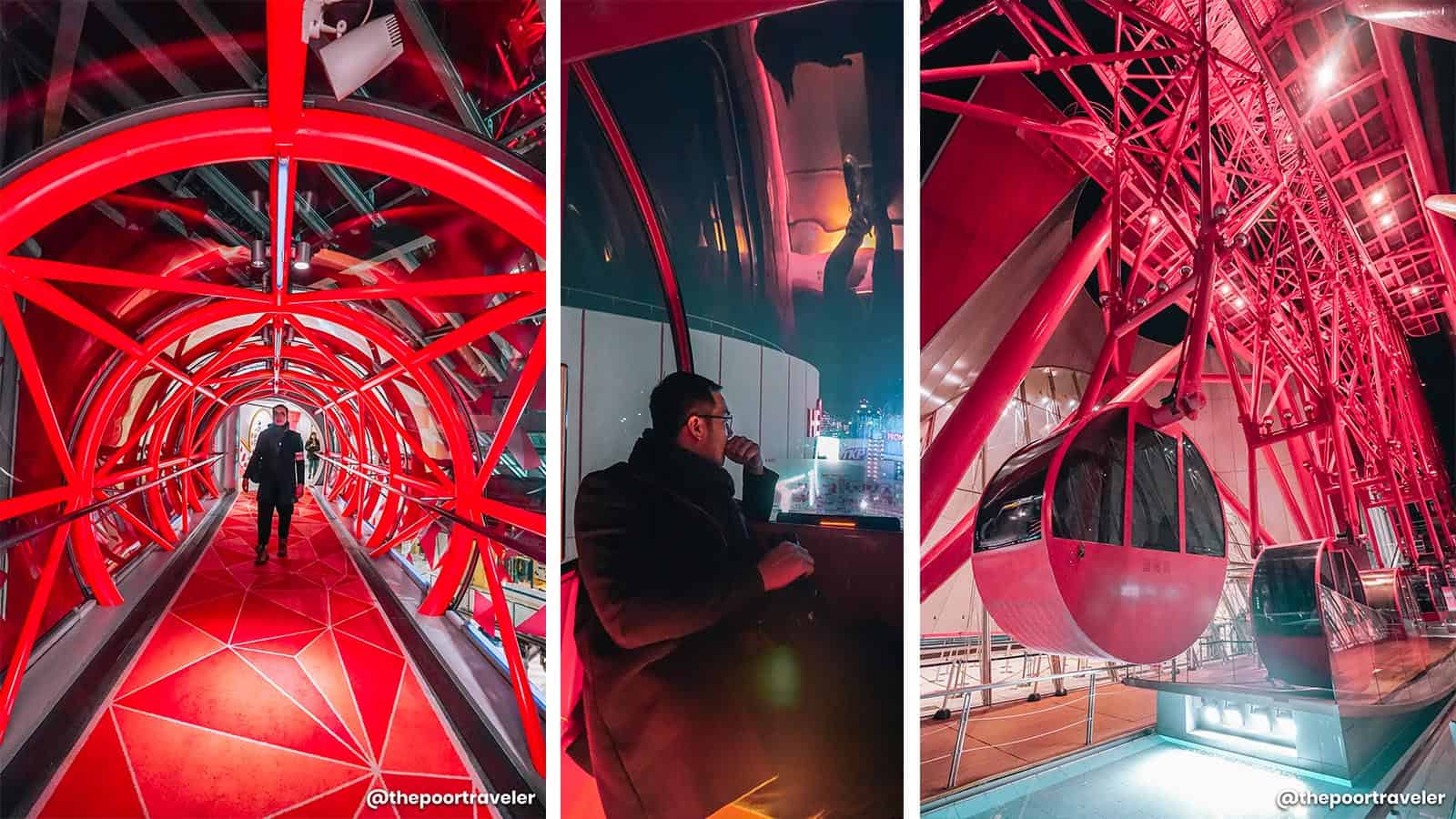
HEP FIVE is a shopping center with fashion apparel stores, restaurants, and leisure spaces, mostly catering to the younger market. Its most recognizable feature is the striking red Ferris Wheel with air-conditioned gondolas, granting a stunning view of the Umeda district and the Osaka Harbor. The boarding platform for the Ferris Wheel is found on the 7th floor.
If you want to secure your ticket in advance, you can book it online through the link below.
Location: 7F HEP FIVE 5−15, Kakudacho, Kita Ward, 530-0017 Osaka, Japan
Opening Hours: Monday to Sunday, 11:00 AM – 10:45 PM. Note that the opening schedule might change, so check for updates and announcements before visiting.
Admission Fee: Regular, ¥800; Child (Below 5 y/o), FREE
Nearest Station: Umeda Metro Station
15. Kuromon Ichiba Market
The public market is one of the best places to discover local favorites and signature dishes. Kuromon Ichiba Market prides itself on providing a wide spectrum of gastronomic choices and fresh produce for over 190 years, earning its title as Osaka’s kitchen. One of the most popular food destinations in the city, the market is slightly pricier compared to other markets in the area (probably in Japan too), but the history and the experience make up for it.
Besides fresh produce and seafood, there are also several street food vendors, eateries, and souvenir shops. Morning and lunchtime are the busiest hours because people flock to the market to grab a quick bite or have a proper sit-down breakfast or lunch. You can also find rare fruits, fugu/blowfish (winter season), and even Kobe beef in small servings for those who want to try it but don’t have the budget for a regular slab/cut.
Location: 2 Chome-4-1 Nipponbashi, Chuo Ward, 542-0073 Osaka, Japan
Nearest Station: Nippombashi Kintetsu Station
16. Hanshin Snack Park
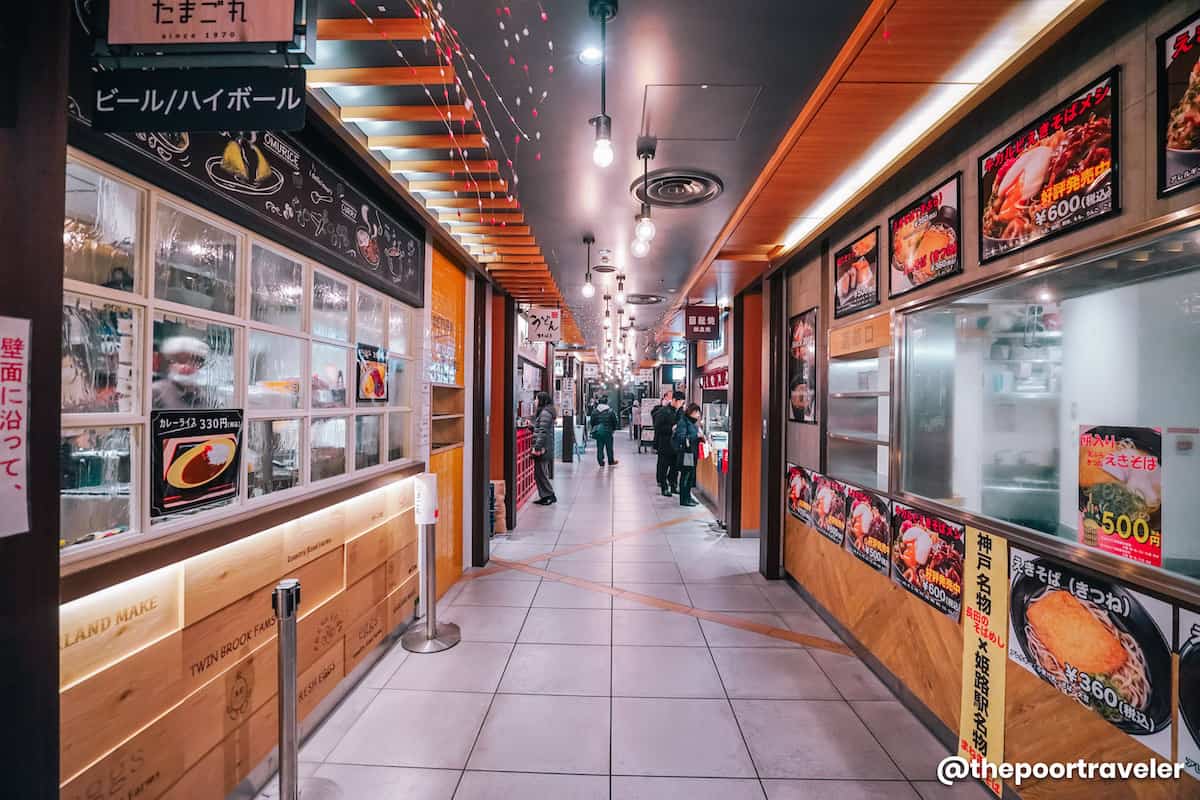
Located inside the Hanshin Umeda Main Department Store, Hanshin Snack Park is a food court frequented by the locals, but is steadily attracting tourists with its food stalls offering different Japanese fares, including ramen, sushi, and takoyaki. The most popular food is the ikayaki (squid pancake), a specialty in Osaka and hailed as Kansai’s soul food. You can easily spot this famed ikayaki stall by searching for the long line of people waiting for their turn to be served.
Our team tried the traditional shoyu ramen with thin noodles from Kadoya Shokudo stall.

Location: B1 F Hanshin Umeda Main Department Store, 1 Chome-13-13 Umeda, Kita Ward, 530-8224 Osaka, Japan
Opening Hours: Hanshin Umeda Main Department Store – Monday to Sunday, 10:00 AM – 8:00 PM. Note that the opening schedule might change, so check for updates and announcements before visiting.
Nearest Station: Higashi Umeda Metro Station, Osaka-Umeda Station, or Osaka JR Station
17. Endo Sushi
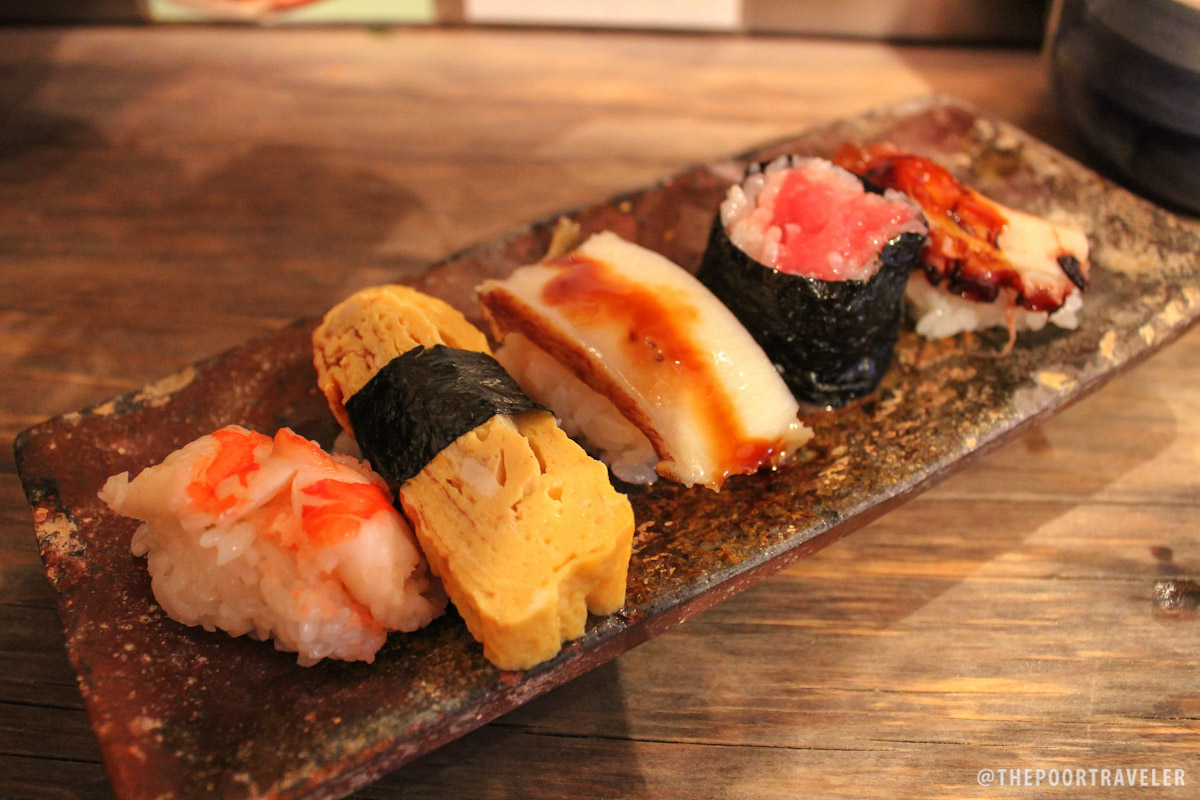
Probably the team’s most favorite sushi place not just in Osaka but in Japan, Endo Sushi has been serving locals and tourists gloriously fresh sushi pieces for more than a century. Through the years, this unassuming sushi bar has established itself as a well-known tourist destination, especially for foodies. Adjacent to Osaka Fish Market, far from the popular tourist spots, Endo Sushi can only accommodate a few people at a time with only five tables and a short bar, so a long queue has become a normal sight.
The menu features only four sushi sets; each set has five pre-selected pieces. You may ask to have a piece replaced if you only have the budget for one set. But if money is not a problem, you can have another set. Or even all four sets! By the way, the wasabi is already blended with rice, so if you are not into wasabi, tell the staff or the sushi chef when you order. There’s actually another less-crowded branch on the 5th floor of Keihan Mall in Kyobashi, near downtown Osaka. But we haven’t been to this branch yet.
Branches: Endo Sushi Noda (Osaka Fish Market) and Endo Sushi Kyobashi (Keihan Mall)
Opening Hours: Endo Sushi Noda – Monday to Saturday, 6:00 AM – 2:00 PM; Sundays and Holidays, CLOSED; Endo Sushi Kyobashi – Monday to Sunday, 11:00 AM – 10:00 PM. Note that the opening schedule might change, so check the website for updates and announcements before visiting.
Nearest Station: Noda Branch – Noda JR Station, Tamagawa Metro Station; Kyobashi Branch – Kyobashi Station, Kyobashi Metro Station
18. Try Specialty Ramen
Ramen is one of Japan’s culinary contributions to the world. The whole country is swimming in different kinds of ramen, and each region (or city/town) has its own take on this savory noodle soup. The common types of ramen are shoyu (soy sauce), shio (salt), and miso. The most widely used broth is tonkotsu (pork broth) but there are others serving chicken broth and, very rarely, gyukotsu (beef broth).
Like many places in Japan, Osaka is peppered with numerous ramen bars and restaurants. Two of Osaka’s most sought-after ramen places by both locals and tourists are Ramen Yashichi and Menya Joroku. Both have modest and unassuming settings that conceal their rockstar status.

Ramen Yashichi serves chicken-based broth shoyu, shio, and tsukemen (noodles and soup are served separately) ramen. The team tried the chicken shoyu ramen, the most recommended online. The price range is ¥800 – ¥900.

Menya Joroku specializes in chukasoba, a Takaida-style ramen made with black soy sauce and chicken broth. The price range is ¥800 – ¥900.
19. Original Omurice
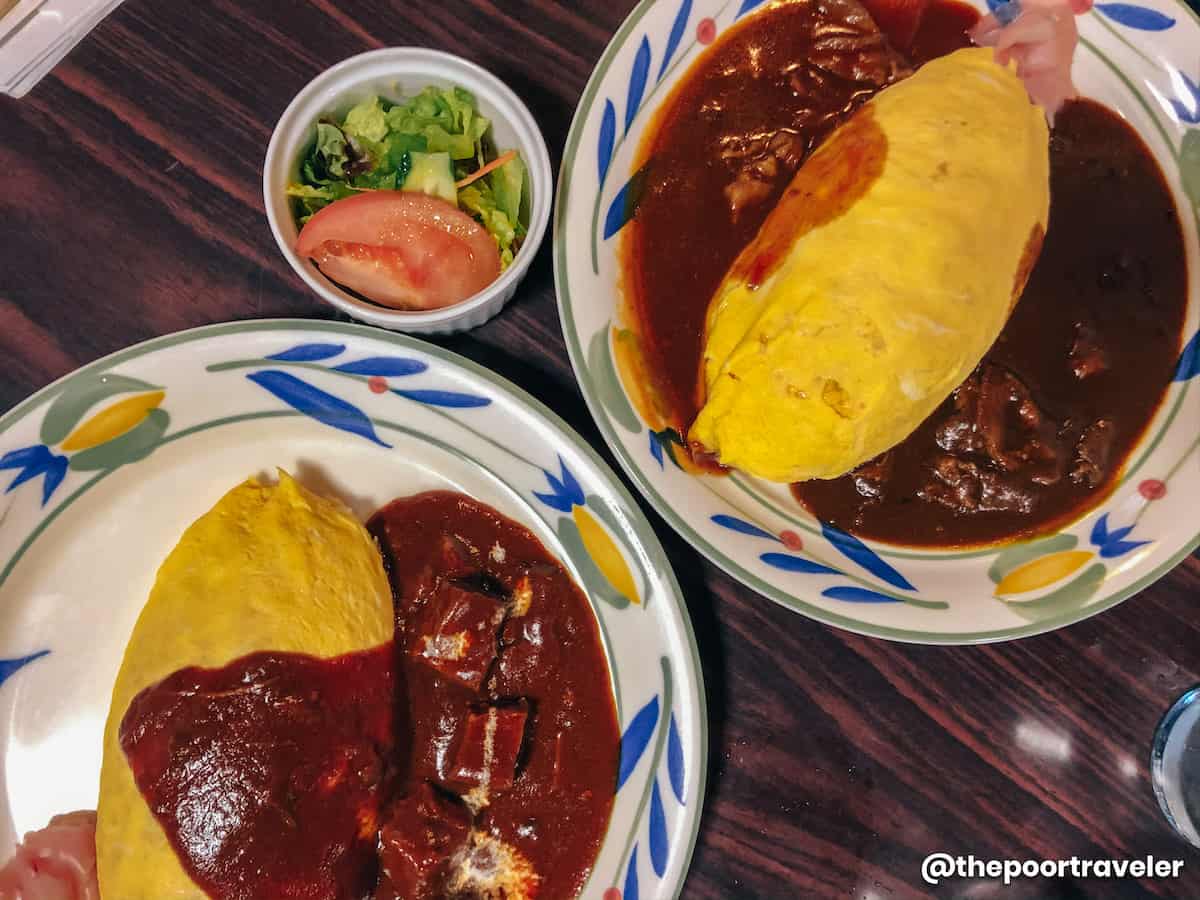
Osaka is said to be the birthplace of omurice, a unique fusion of Western omelette and Asian rice, more like rice wrapped in omelette. The main branch of Hokkyokusei in Shinsaibashi was the first to serve omurice.
The original version was simply made of mushroom, onion, and rice mixed all together, and then served with ketchup. Today, it evolved and gave birth to many other versions. The bestsellers at Hokkyokusei are the beef curry omurice and the hashed beef omurice. Because of its history, it benefits from the hype; hence, it’s not surprising that the prices are a bit steep.
Location: 2 Chome-7-27 Nishishinsaibashi, Chuo Ward, 542-0086 Osaka, Japan
Opening Hours: Monday to Sunday, 11:30 AM – 9:30 PM. Note that the opening schedule might change, so check for updates and announcements before visiting.
Nearest Station: Namba Metro Station or Osaka-Namba Station
20. Takoyaki

Aside from omurice, another gastronomic contribution of Osaka to the foodie world is takoyaki, the city’s signature street food. Takoyaki (octopus ball) is a small round snack made of flour batter, octopus bits, and other minced ingredients (green onion, pickles, etc.)
Aizuya, specifically, is widely considered the birthplace of takoyaki. Unlike other takoyaki places, especially outside Japan, Aizuya serves its takoyaki devoid of any sauce. That says a lot about the confidence they have in the quality of their product, which was even more strengthened when it was included in the Michelin’s Bib Gourmand Guide from 2016 to 2018. There are a few branches, including those in Namba and in Umeda. The takoyaki is served in a set of 12. The price range is ¥600 – ¥800 per set.
21. Osaka Okonomiyaki

Another famous Japanese dish, okonomiyaki is a traditional savory pancake normally made of eggs, cabbage, meat, and flour batter. In Japan, there are two popular variants — Osaka okonomiyaki and Hiroshima okonomiyaki. Osaka variant mixes the ingredients and the batter even before cooking, unlike Hiroshima okonomiyaki, which is cooked by gradually adding ingredients to the batter.
There are tons of okonomiyaki places in Osaka and lots of restaurants include it on the menu. If you are visiting Umeda Sky Building observatory, Okonomiyaki Kiji is located at the basement level. Kiji lets the customers select the meat components OR you may opt to try everything, meaning bacon, beef, and squid. Note that the serving is big (good for two). If you are lucky, you can sit by the bar to watch the chef prepare your okonomiyaki. The price range is ¥900 – ¥1,000.
22. Tempozan Ferris Wheel

Tempozan Ferris Wheel has been spinning since its launch in July 1997. It is located just beside Tempozan Maret Place, which houses the Legoland Discovery Center. Rising at 112 meters and spanning 100 meters in diameter, it is one of the most recognizable structures at Tempozan Harbor Village and one of the largest Ferris wheels in the world. The ride lasts for about 15 minutes and provides a magnificent view of the Osaka Bay area including Universal Studios and as far as Mount Ikoma, Rokko Mountains, Akashi Kaikyō Bridge, and Kansai International Airport.
It has 60 gondolas, with options for guests to board a regular gondola or the one with a clear bottom. At night, the wheel illumination not only serves as a delightful spectacle but also tells the next day’s weather forecast: orange for sunny, blue for rainy, and green for cloudy.
Location: 1 Chome-1-10 Kaigandori, Minato Ward, 552-0022 Osaka, Japan
Opening Hours: It actually varies, but the usual opening time is 10:00 AM and the closing time is 9:00 PM or 10:00 PM. Check the official website for updates and announcements before visiting.
Admission Fee: Regular, ¥900; PWD, ¥450; Child (0-2 y/o), FREE
Nearest Station: Osakako Metro Station
23. Shitenno-ji
The oldest Buddhist temple in Japan!

Founded by the mythical Prince Shotoku in 593 AD, Shitenno-ji was dedicated to the Shitenno, the four divine kings of Buddhism. The most notable feature is the five-story pagoda. Other significant attractions are the Kondo (Main Hall), the Treasure House, and the Gokuraku-jodo Garden, which was designed based on the Buddhist Western Paradise (Sukhavati). The temple may have undergone several reconstructions but the original design was conscientiously followed.
Outside of the temple, it is normally crowded with tourists, pilgrims, and vendors; however, it becomes serene once you enter the temple. Remember that it is still a place of worship and regarded sacred by devotees, so please explore the place with the utmost respect.
Location: 1-11-18 Shitennoji, Tennoji Ward, 543-0051 Osaka, Japan
Opening Hours: Outer Temple Grounds 24/7; Central Temple, Treasure Museum, Garden – 8:30 AM – 4:30 PM (April – September), 8:30 AM – 4:00 PM (October – March). Note that the opening schedule might change, so check for updates and announcements before visiting.
Admission Fee: Outer Temple Grounds FREE; Central Temple – Regular, ¥300; Reduced, ¥200; Garden – Regular, ¥300; Reduced, ¥200; Treasure Museum – Regular, ¥500; Reduced, ¥300. FREE for PWDs, kindergarten, and toddlers.
Nearest Station: Shitennoji-Mae-Yuhigaoka Station, Tennoji JR Station, or Abenobashi Kintetsu Station
24. Sumiyoshi Shrine
The main shrine of all of Japan’s Sumiyoshi shrines.
Sumiyoshi Shrine, also called Sumiyoshi Grand Shrine, was a Shinto shrine founded by Tamomi no Sukune in 211 AD. As the main shrine of all the Sumiyoshi shrines in Japan, it is one of the most visited shrines for the annual hatsumōde, a Japanese New Year’s first shrine/temple visit tradition. It enshrines the Sumiyoshi Ōkami, the three Shinto gods (Sumiyoshi sanjin), and Empress Jingū, the mother of Emperor Ōjin who was eventually deified as Hachiman, the god of war. Consequently, the shrine is also recognized as the ancestor shrine of the god of war.
Some of the notable features are the Taiko-bashi Bridge (red arched footbridge), the Grand Shrine/Main Hall, the kaku-torii, and a garden.
Location: 2-9-89 Sumiyoshi, Sumiyoshi-ku, 558-0045 Osaka, Japan
Opening Hours: April to September, 6:00 AM – 5:00 PM (Daily), October to March, 6:30 AM – 5:00 PM Daily). Note that the opening schedule might change, so check for updates and announcements before visiting.
Admission Fee: FREE
Nearest Station: Sumiyoshitaisha Station or Sumiyoshitoriimae Tram Stop
25. Osaka Museum of Housing and Living
Officially launched to the public in April 2001, Osaka Museum of Housing and Living showcase the history and development of urban residence in Osaka through its recreated streets and housing from the past periods. The core of the exhibits and the entire facility is all about living — from housing to town development. The museum is the first of its kind in Japan.
On the 8th floor, the museum exhibits scale models (dioramas) of housing and townscapes of Osaka during the Meiji, Taisho, and Showa periods. On the 9th floor, visitors will be transported back to the Edo Period as they explore the interactive and immersive re-creation of an entire city during the Edo Period.
You can get your ticket in advance online by following the link below.
Location: 8F 住まい情報センタービル 6 Chome−4−20, Tenjinbashi, Kita Ward, 530-0041 Osaka, Japan
Opening Hours: Monday, Wednesday to Sunday, 10:00 AM – 5:00 PM; Tuesdays & Holidays, CLOSED. Note that the opening schedule might change, so check the official for updates and announcements before visiting.
Admission Fee: Regular, ¥600; Reduced, ¥300
Nearest Station: Tenjinbashisuji Rokuchome Station or Temma JR Station (7 minutes walk)
26. Mozu Tombs
Declared a UNESCO World Heritage Site in 2019, the Mozu Tombs are a group of kofun (megalithic tombs) in Sakai, overlooking Osaka Bay. Dating back between the 3rd century and the 6th century, these ancient tombs formed round, rectangular, and keyhole-shaped burial mounds. Less than 50% of over a hundred tombs exist today, the larger ones are those taking the shape of a key hole, said to be the final resting place of the most powerful and those who held high positions.
The keyhole-shaped Daisenryo Kofun is the largest in the group and in all of Japan. Widely accpeted to be the final resting place of Emperor Nintoku, the 5th-century tomb is surrounded by three layers of moats. The inner moat is the widest, the middle moat houses a viewing platform, which is accessible from the southern side. But because of its vastness, you cannot see the key-hole shape from the available viewing platform. It’s only visible from an aerial view, a higher viewing platform (if there is any), or on Goggle Maps. The tomb is also a protected area and is off-limits to the public, so the viewing platform on the middle moat is the closest place you can get.
Location: Daisencho, Sakai Ward, Sakai, 590-0035 Osaka, Japan
Nearest Station: Mozu JR Station
27. America Mura (American Village)
A neighbor to the bustling Shinsaibashi and Dotonbori, Amerikamura is a shopping and entertainment district that hosts Western shops, boutiques, restaurants, and bars. This area is more laidback than its more popular neighbors, making it an ideal hang out or breathing space for those whose energy get drained easily when in crowded places. Street arts adorn the area and independent businesses like cafés, galleries, and vintage shops thrive.
The most prominent landmark is the relatively smaller replica of the Statue of Liberty, and the favorite meeting hangout place is the Sankakukoen Triangle Park.
Location: 1 Chome Higashishinsaibashi, Chuo Ward, 542-0086 Osaka, Japan
Nearest Station: Shinsaibashi Metro Station, Namba Metro Station, or Osaka-Namba Station
28. Go on a day trip to a nearby prefecture.
Centrally located in Japan and one of the major transportation hubs in the country, Osaka is a great tourist base when exploring the Kansai Region. It is also an ideal jump-off point to other cities and prefectures. From Osaka, one can easily travel to other cities/prefectures within Kansai including Kyoto, Nara, Kobe (Hyogo Prefecture), Mie, and Tottori. If you want to go farther to other regions, there are plenty of transportation options in Osaka — bullet trains (shinkansen), regional trains, highway buses, and airplanes.
Where We Stayed in Osaka
🔥🔥🔥 GET P500 HOTEL VOUCHER HERE! 🔥🔥🔥
